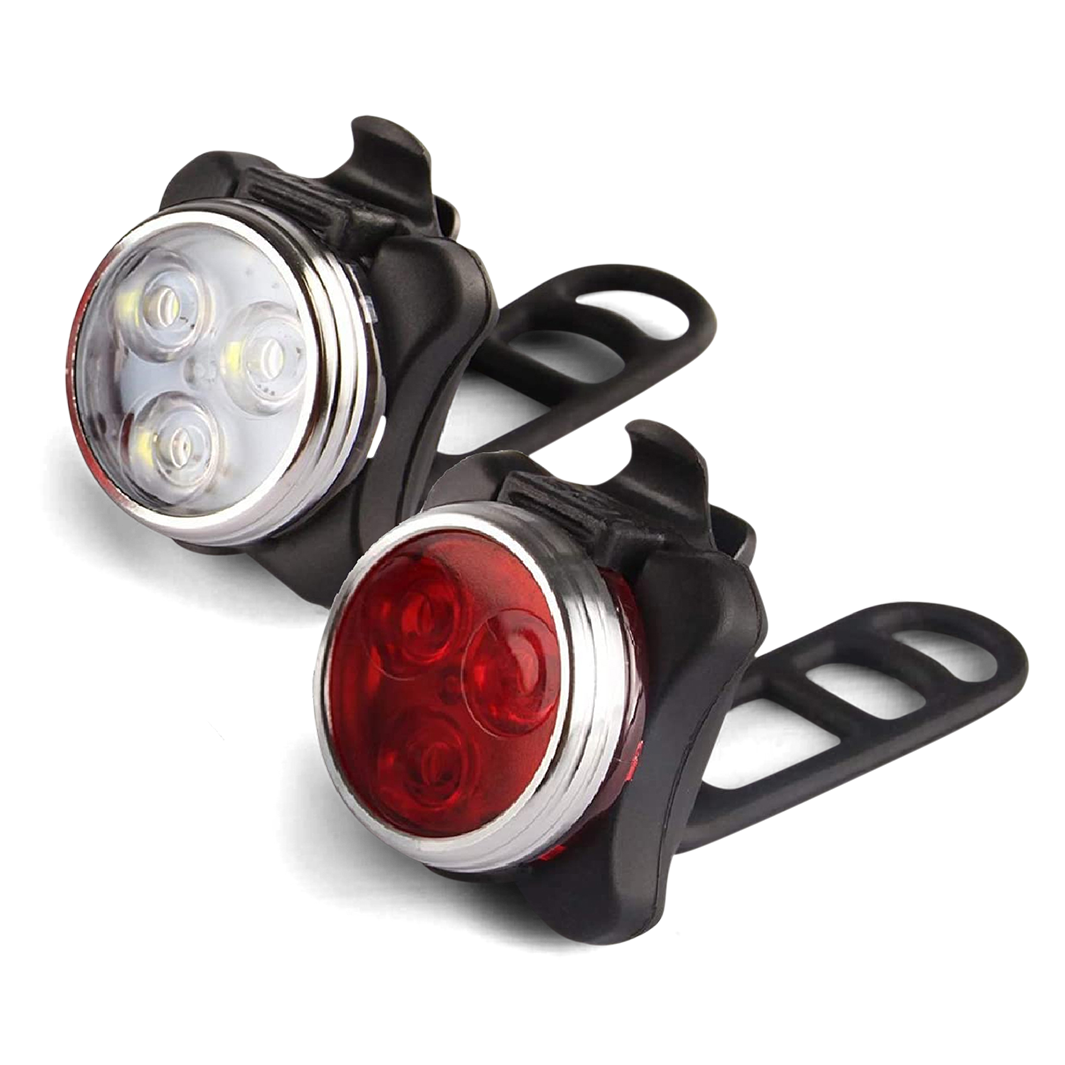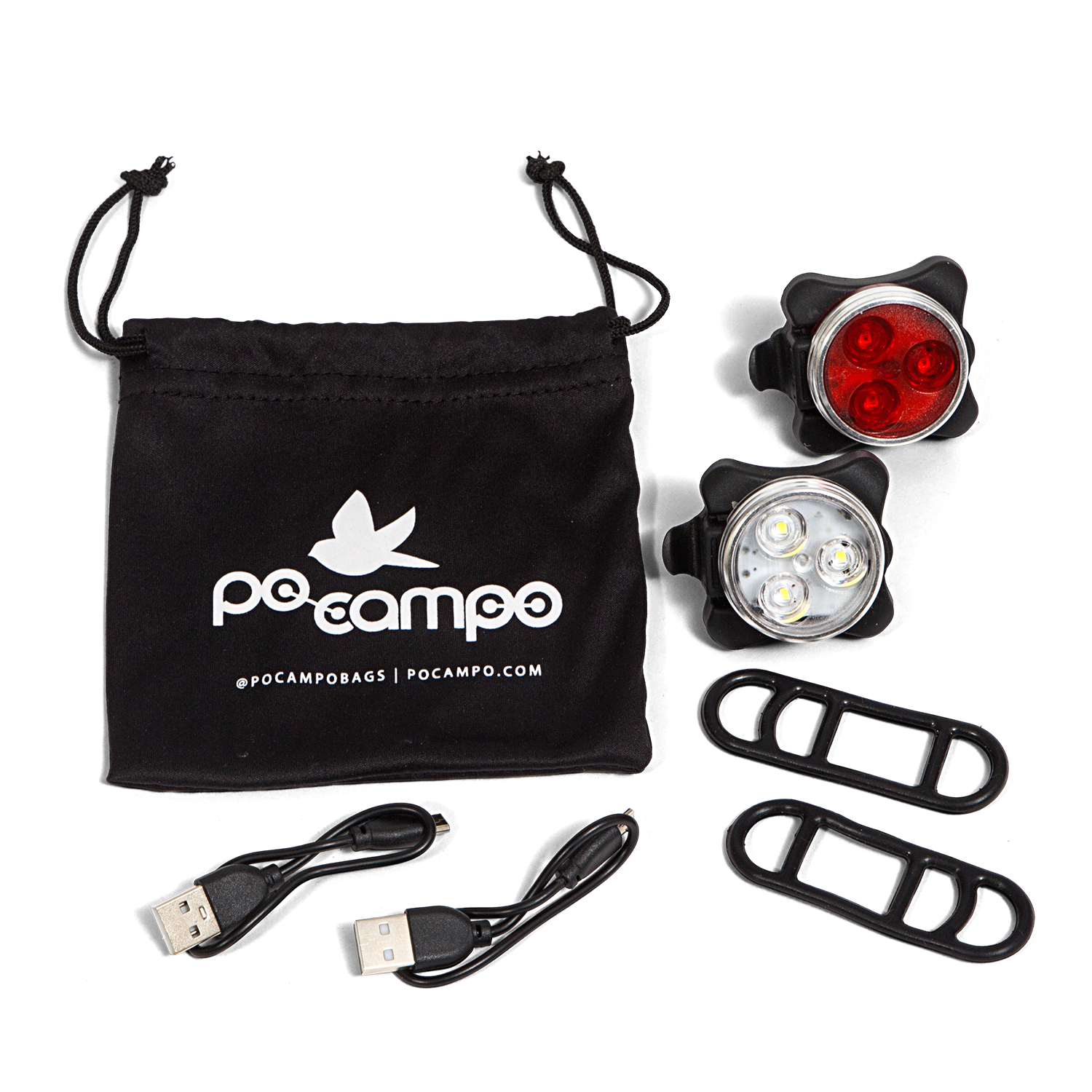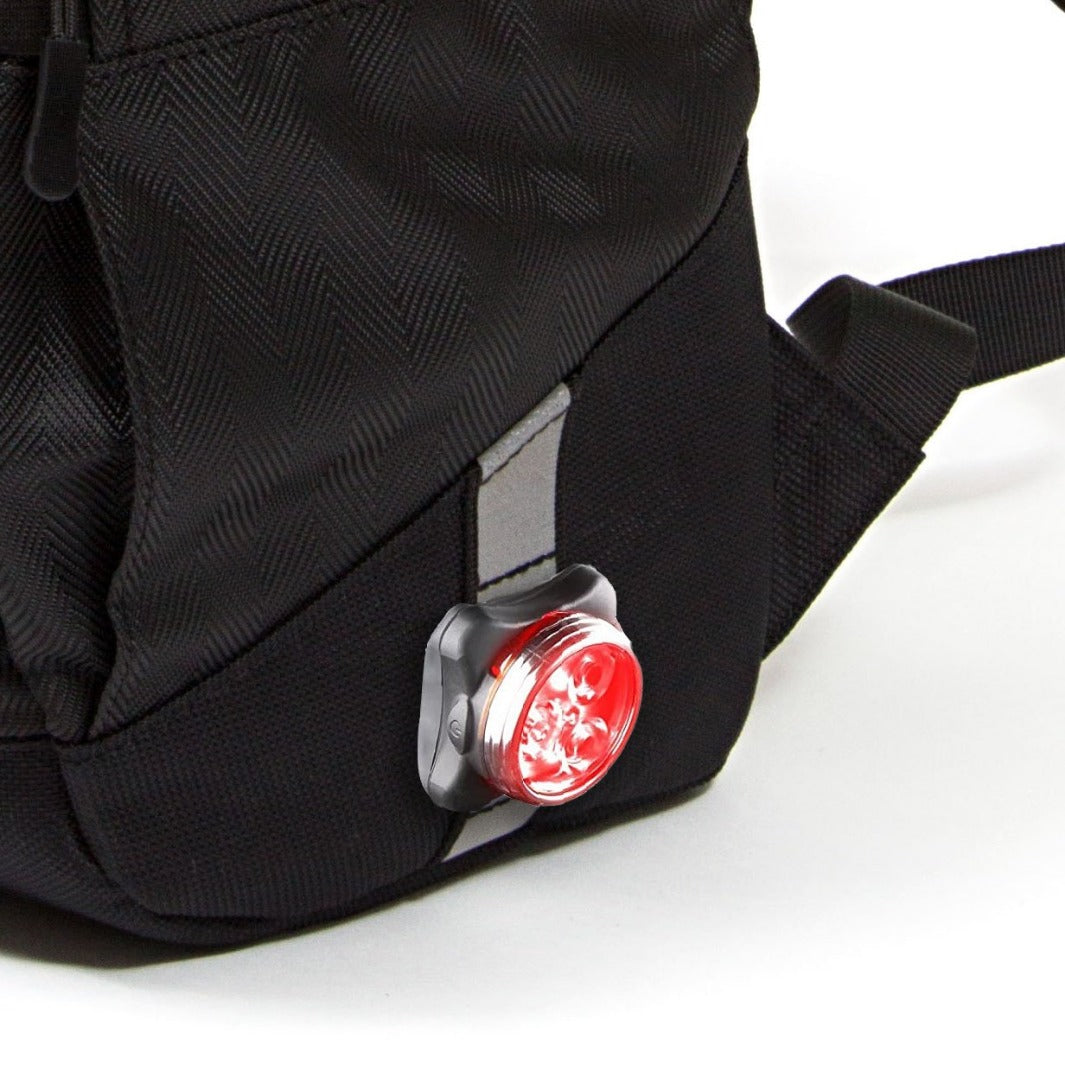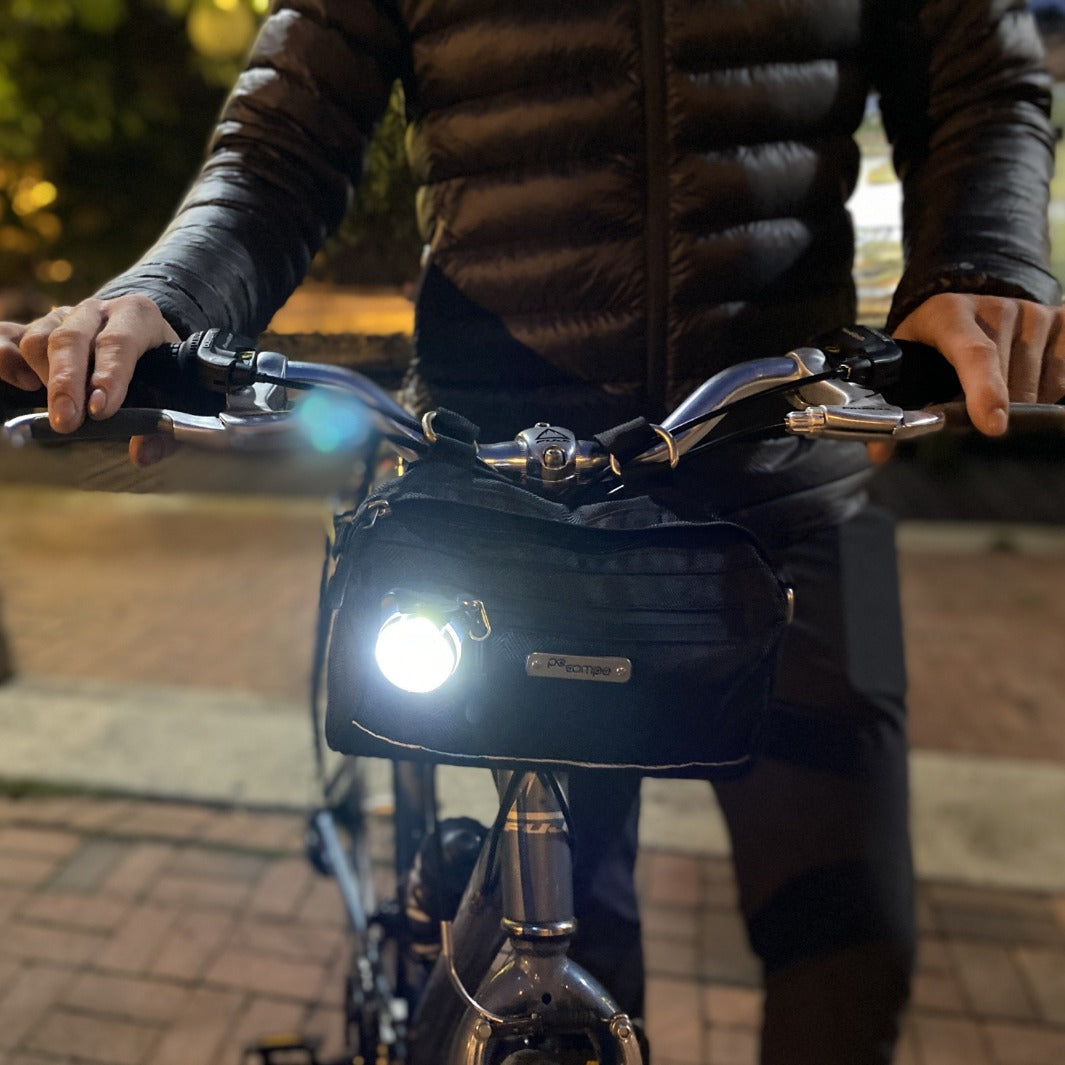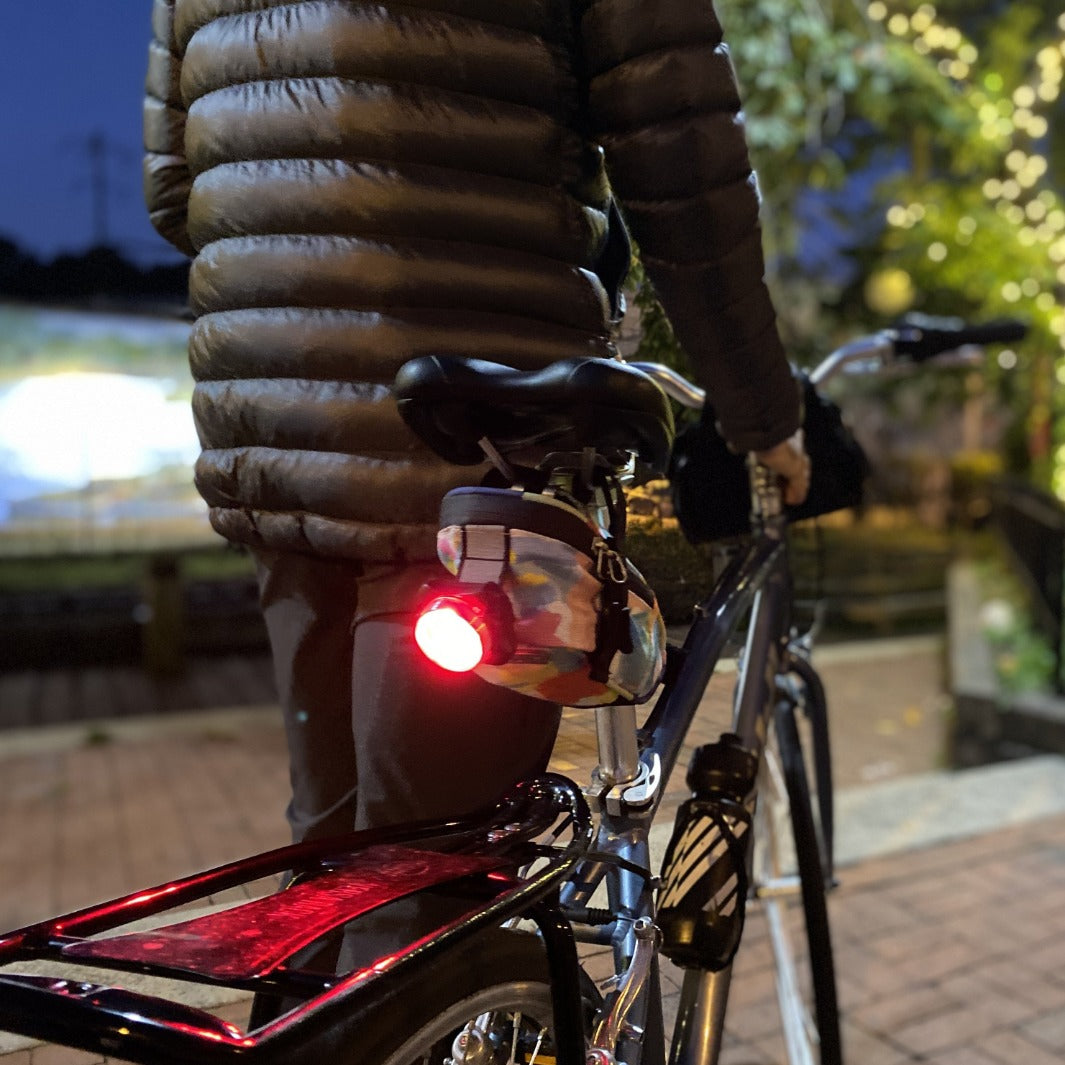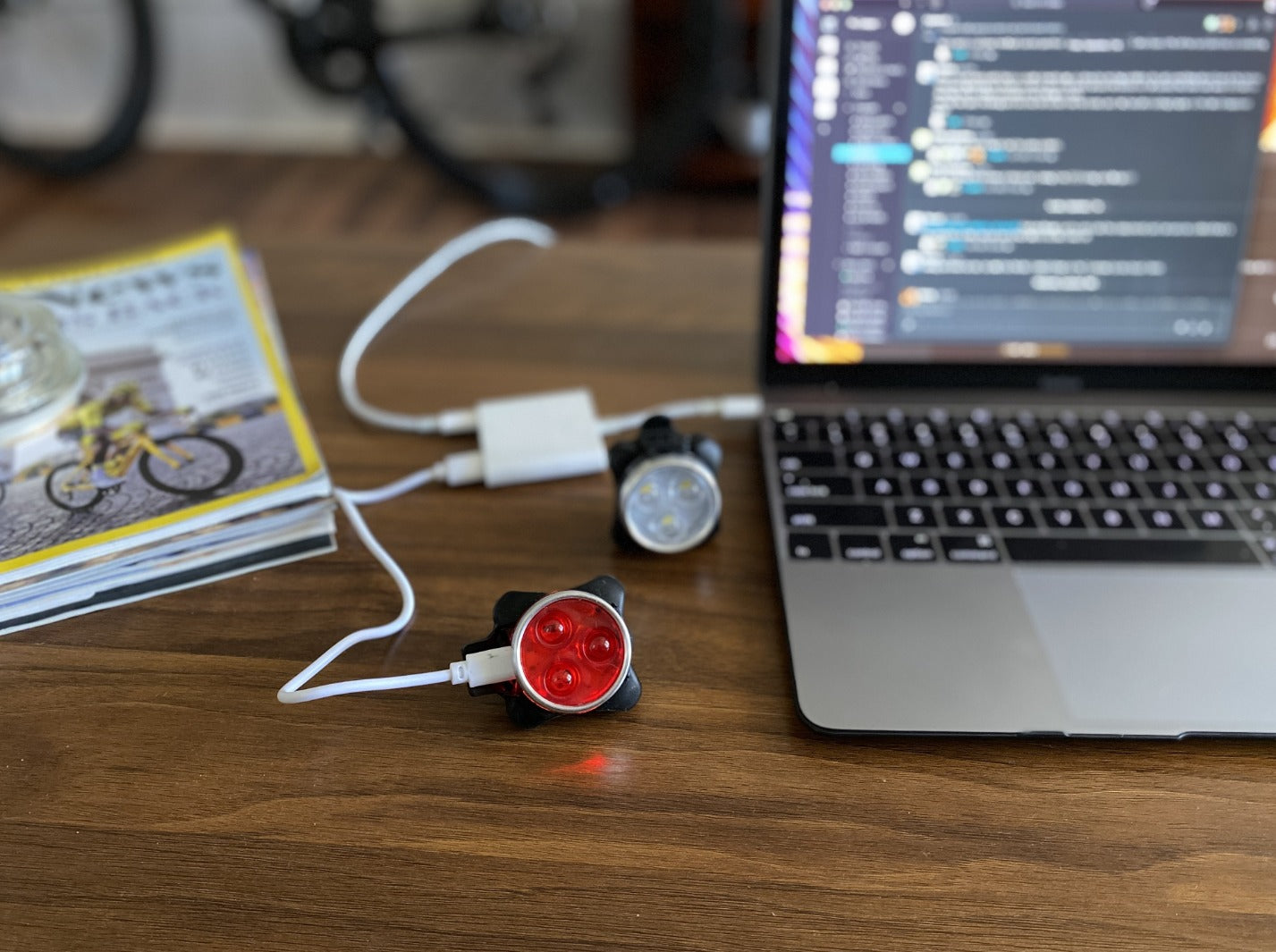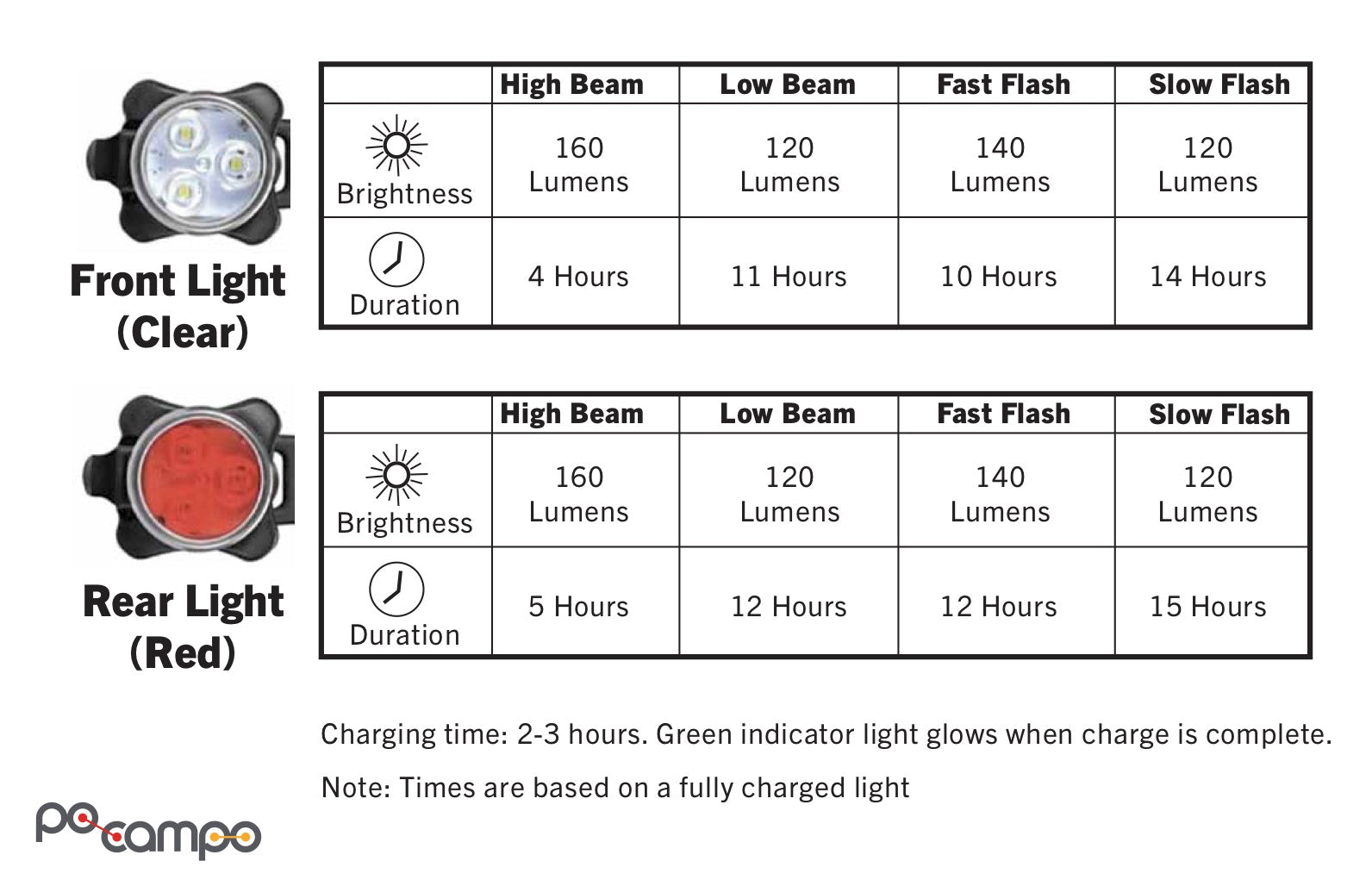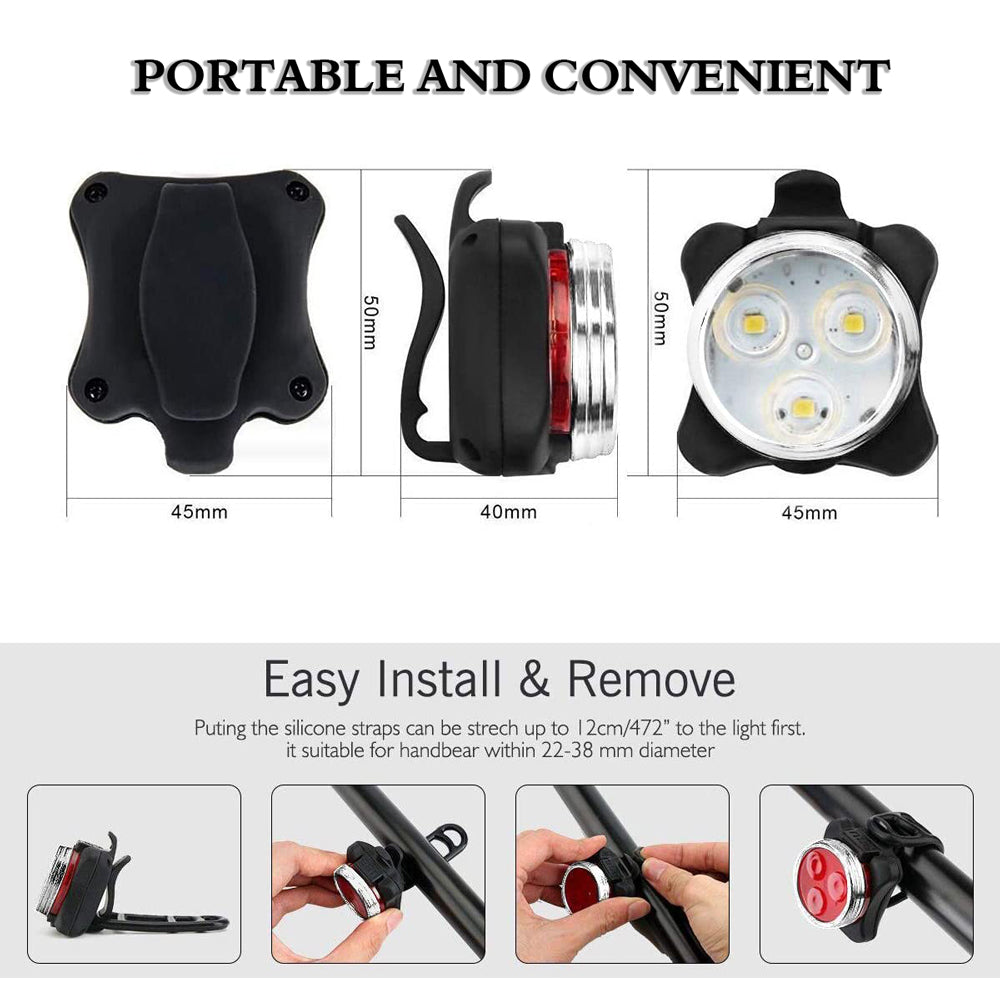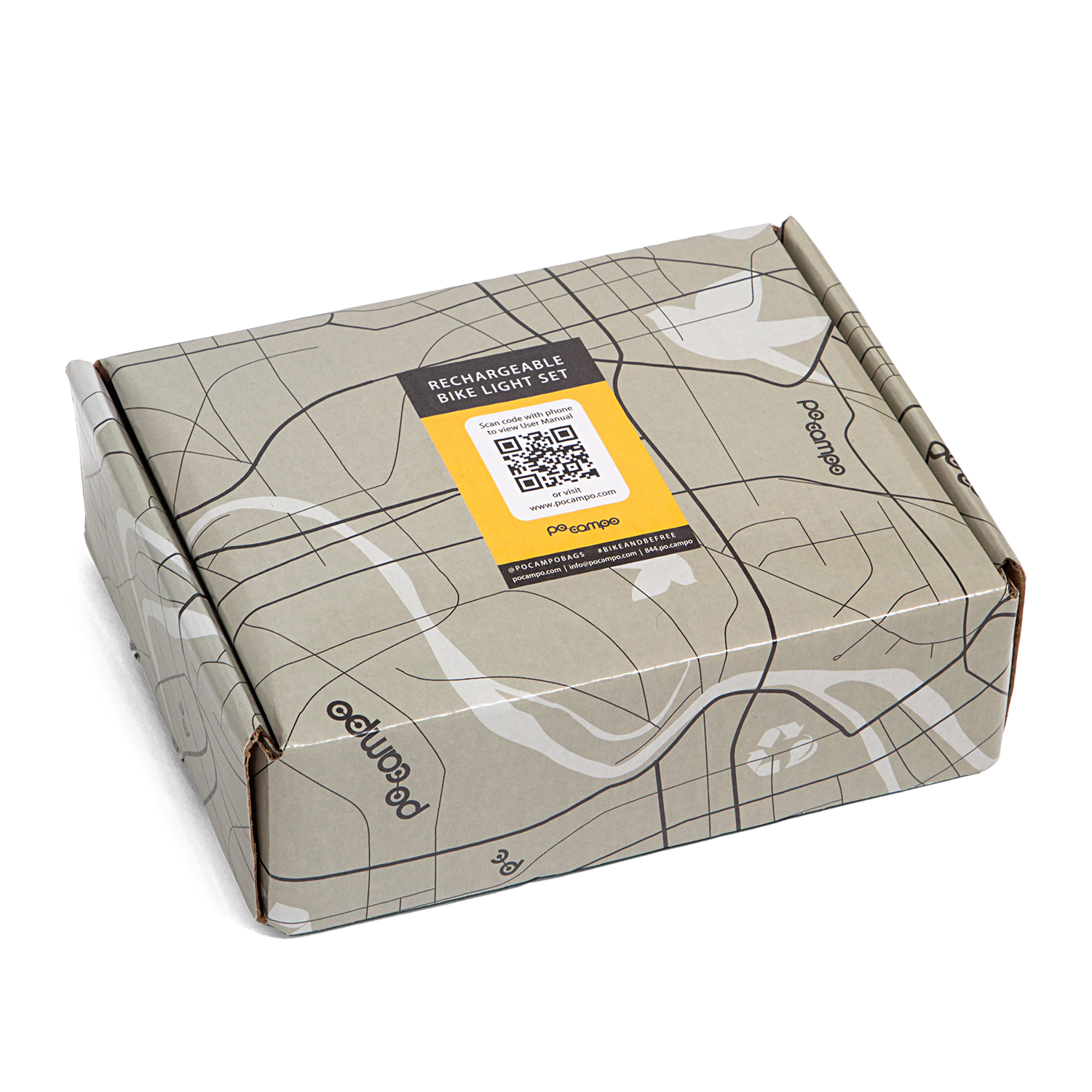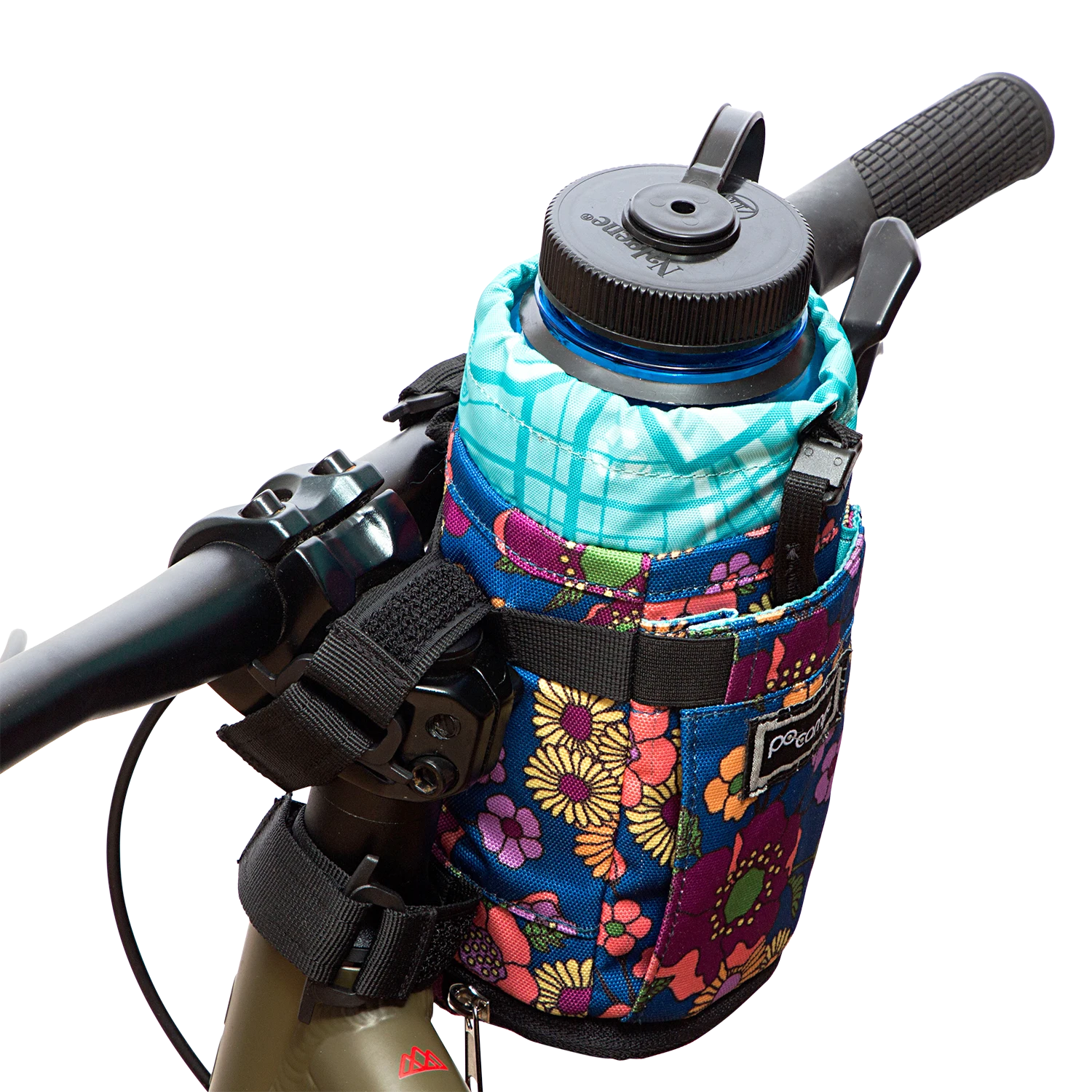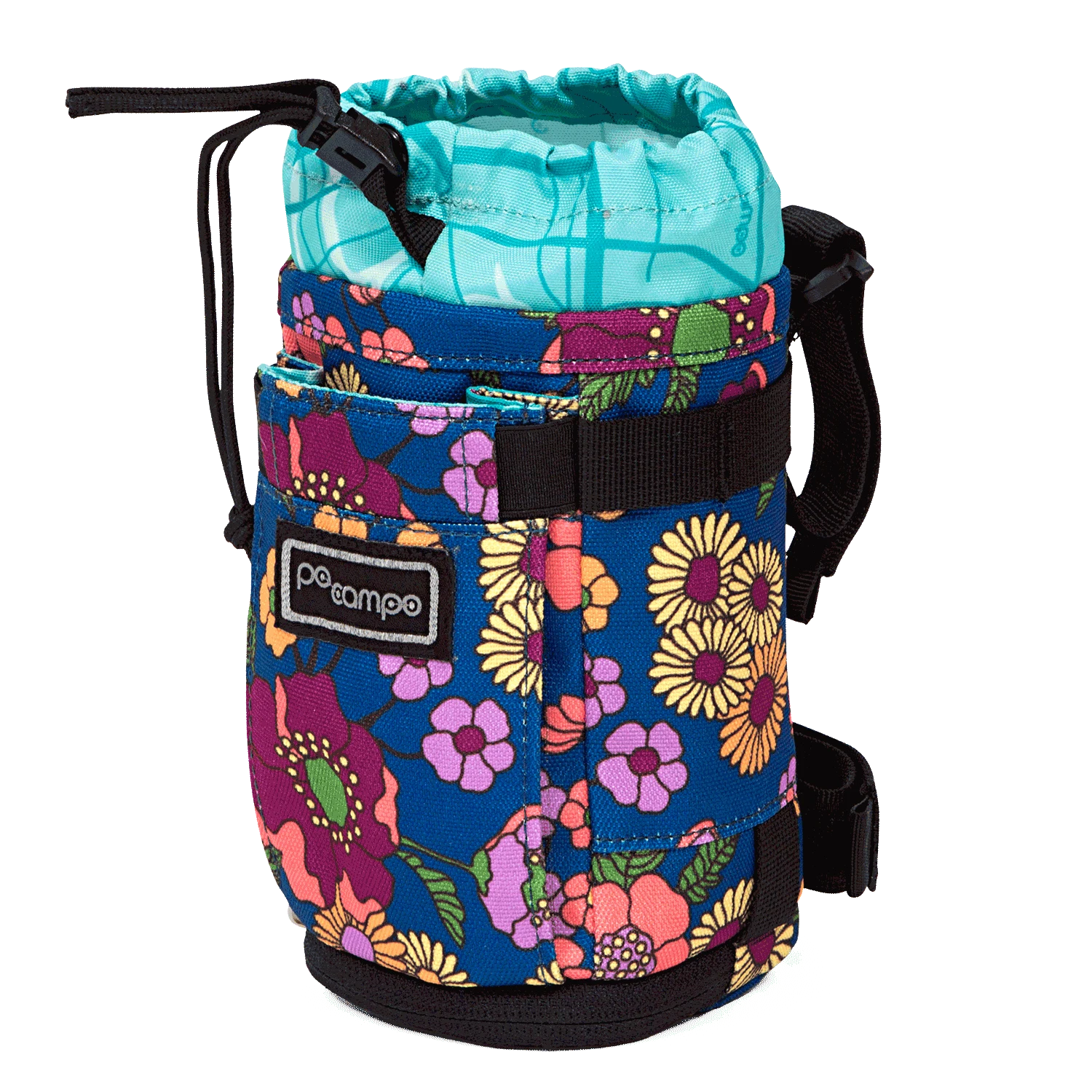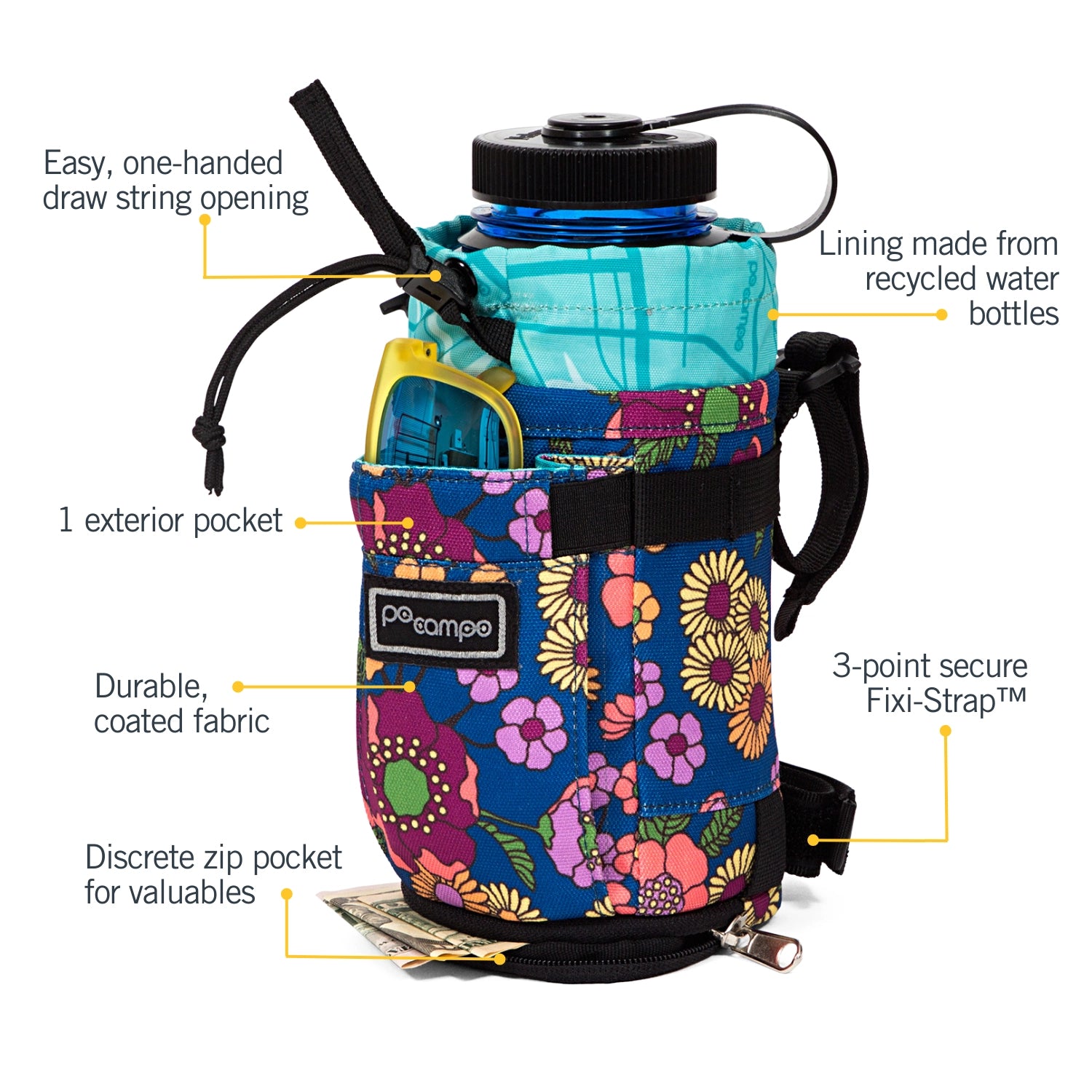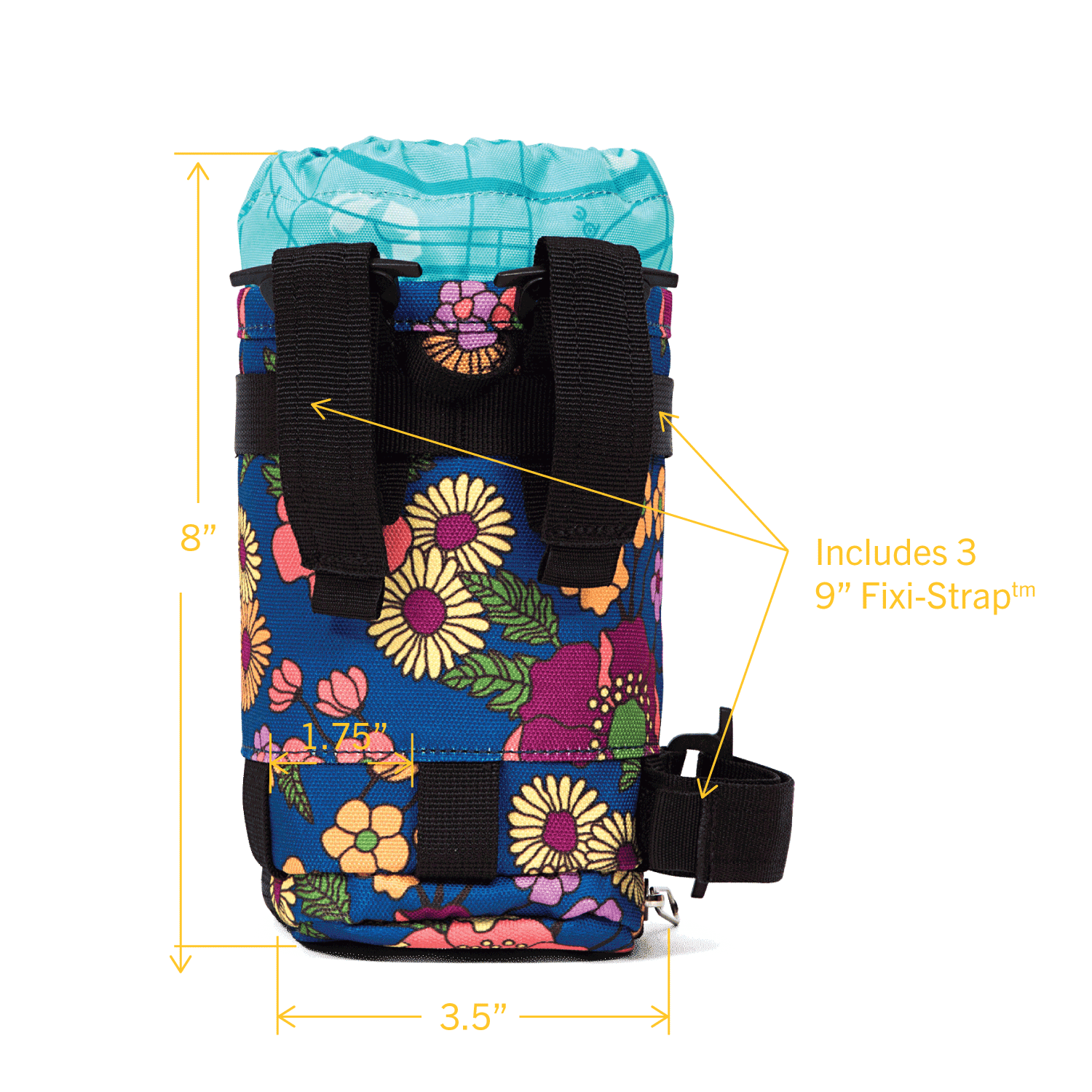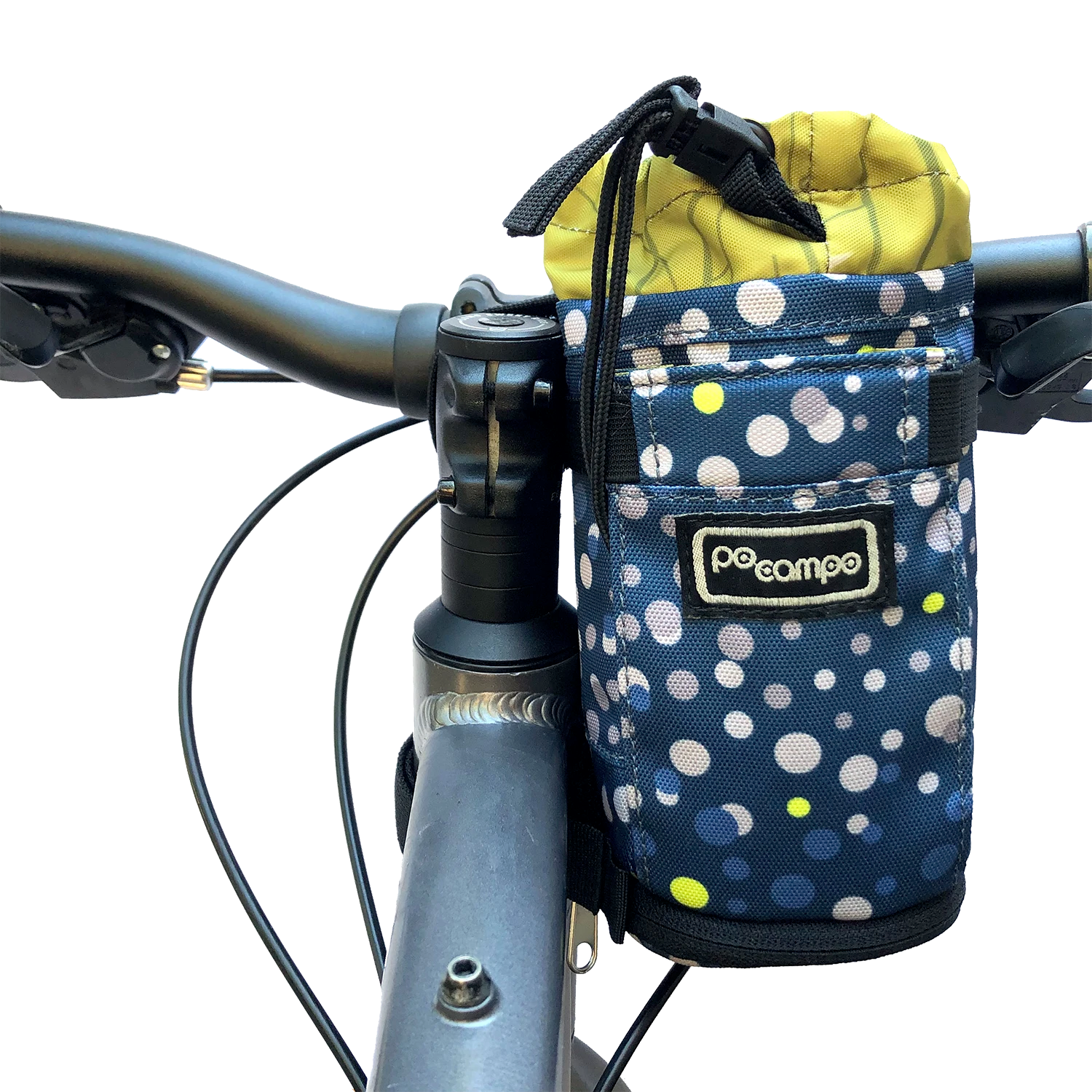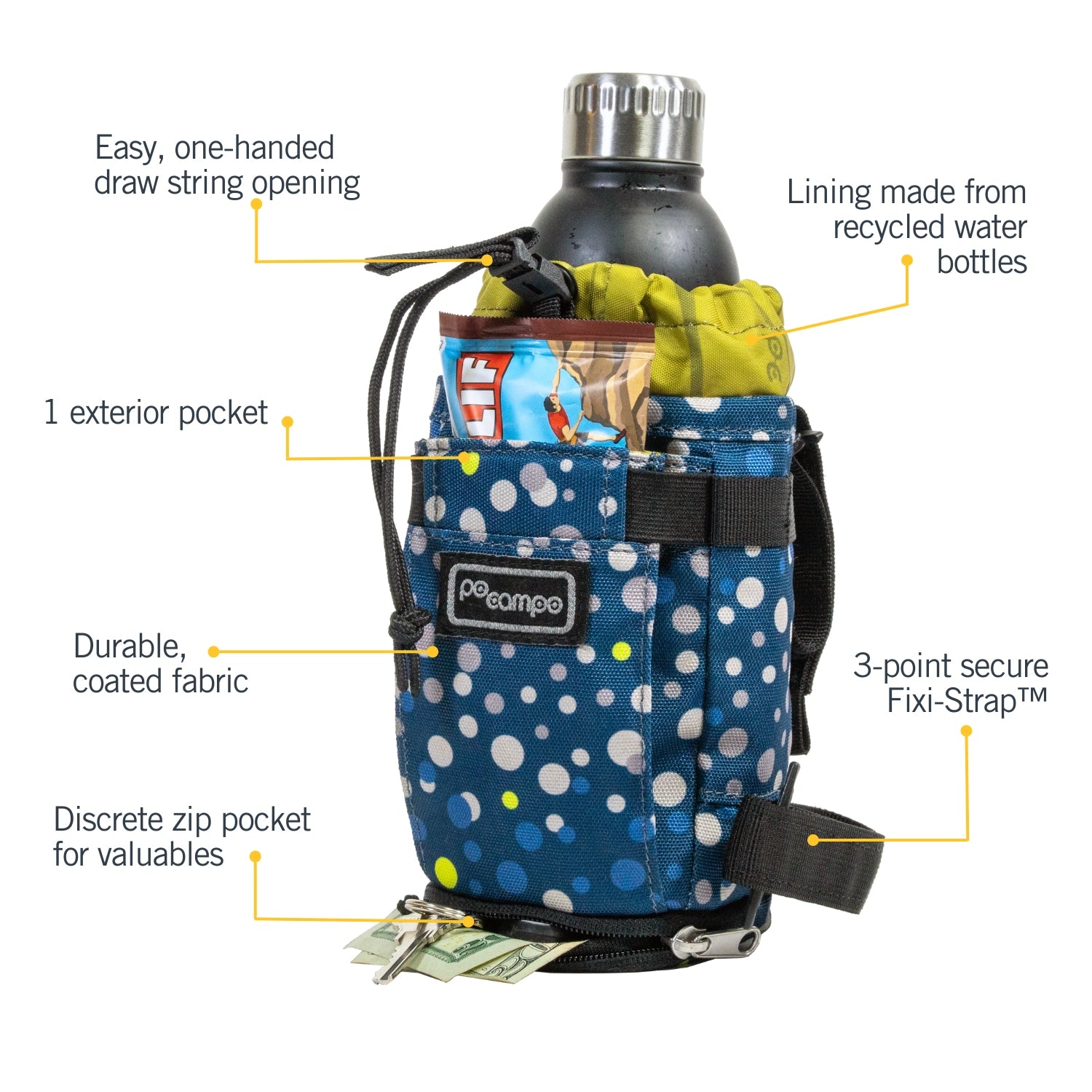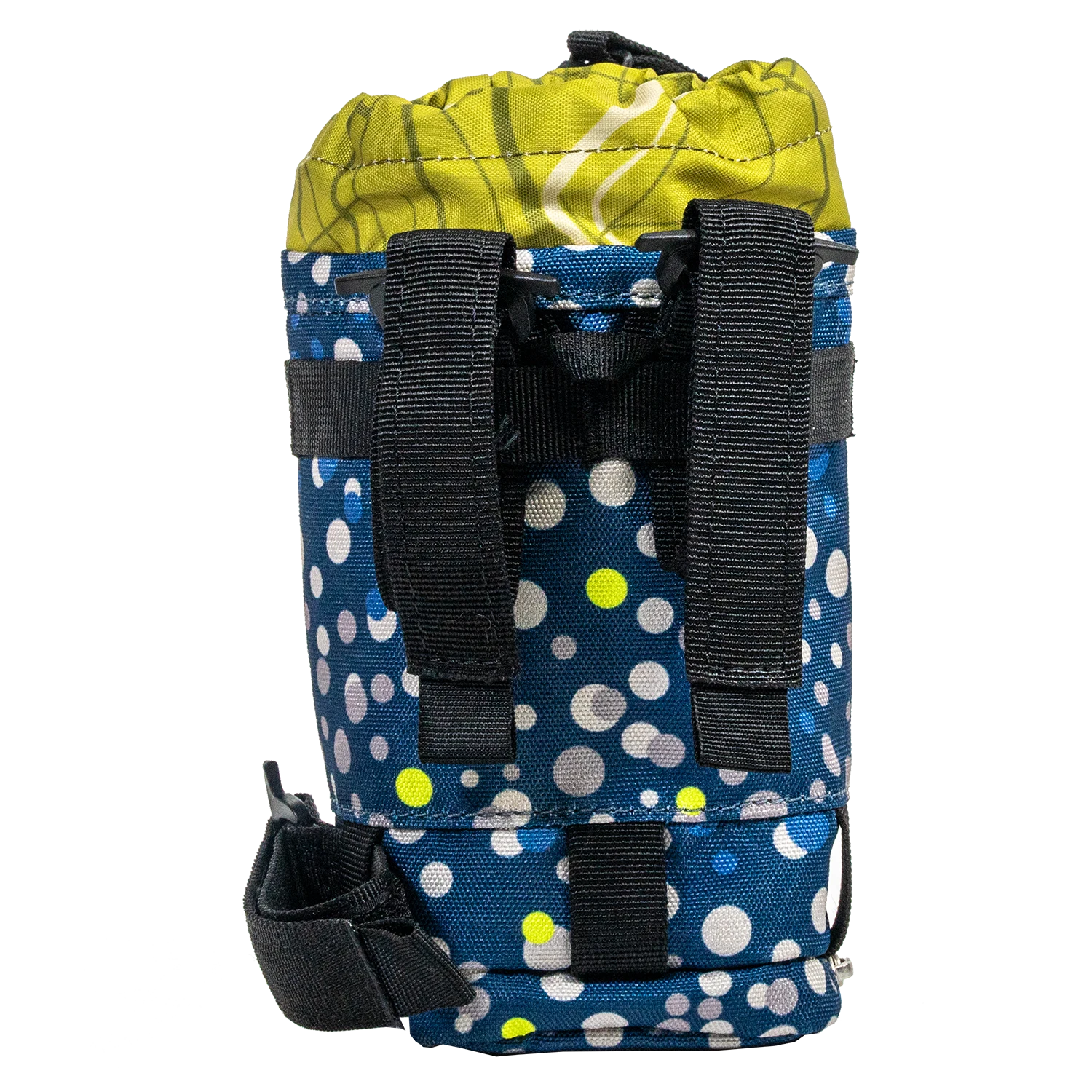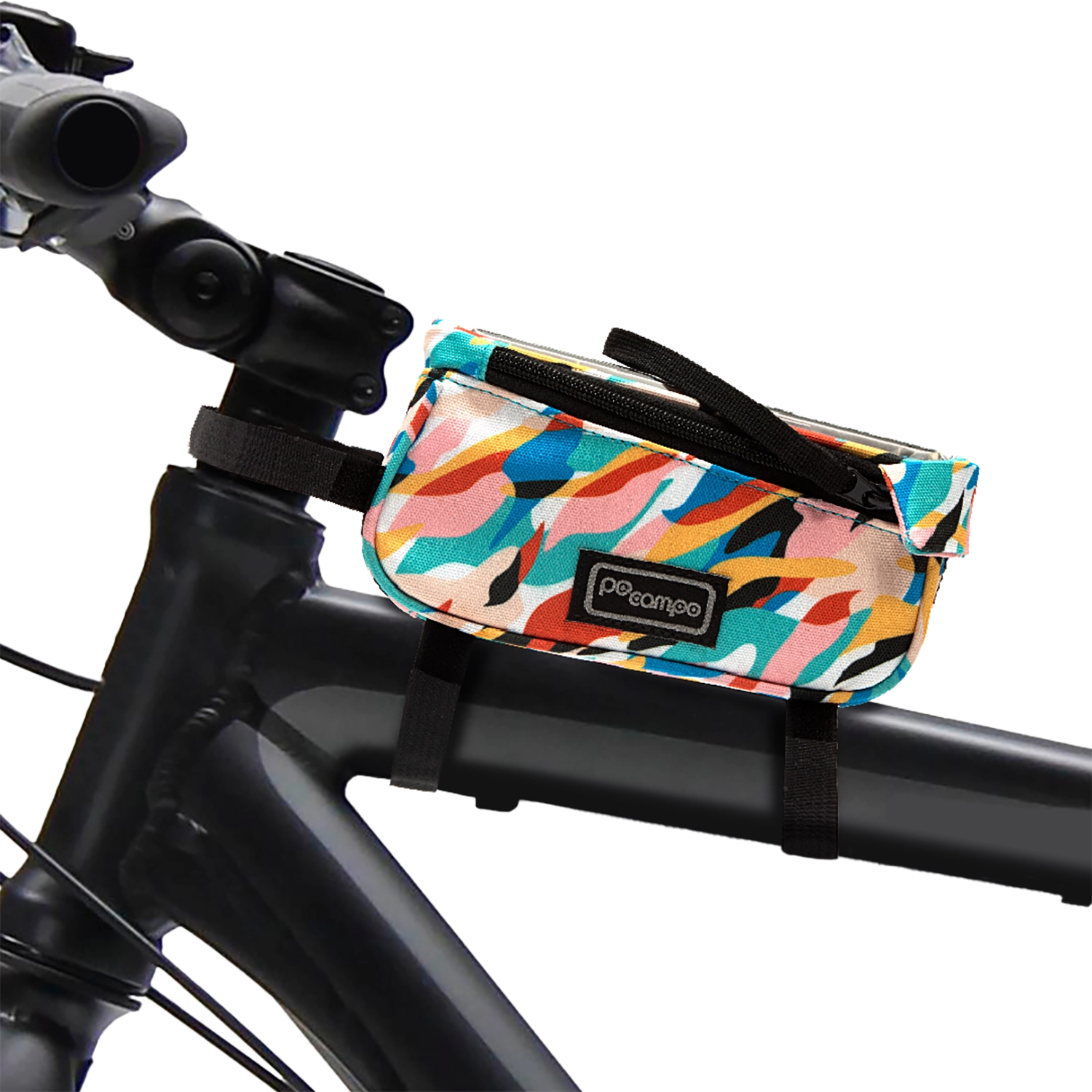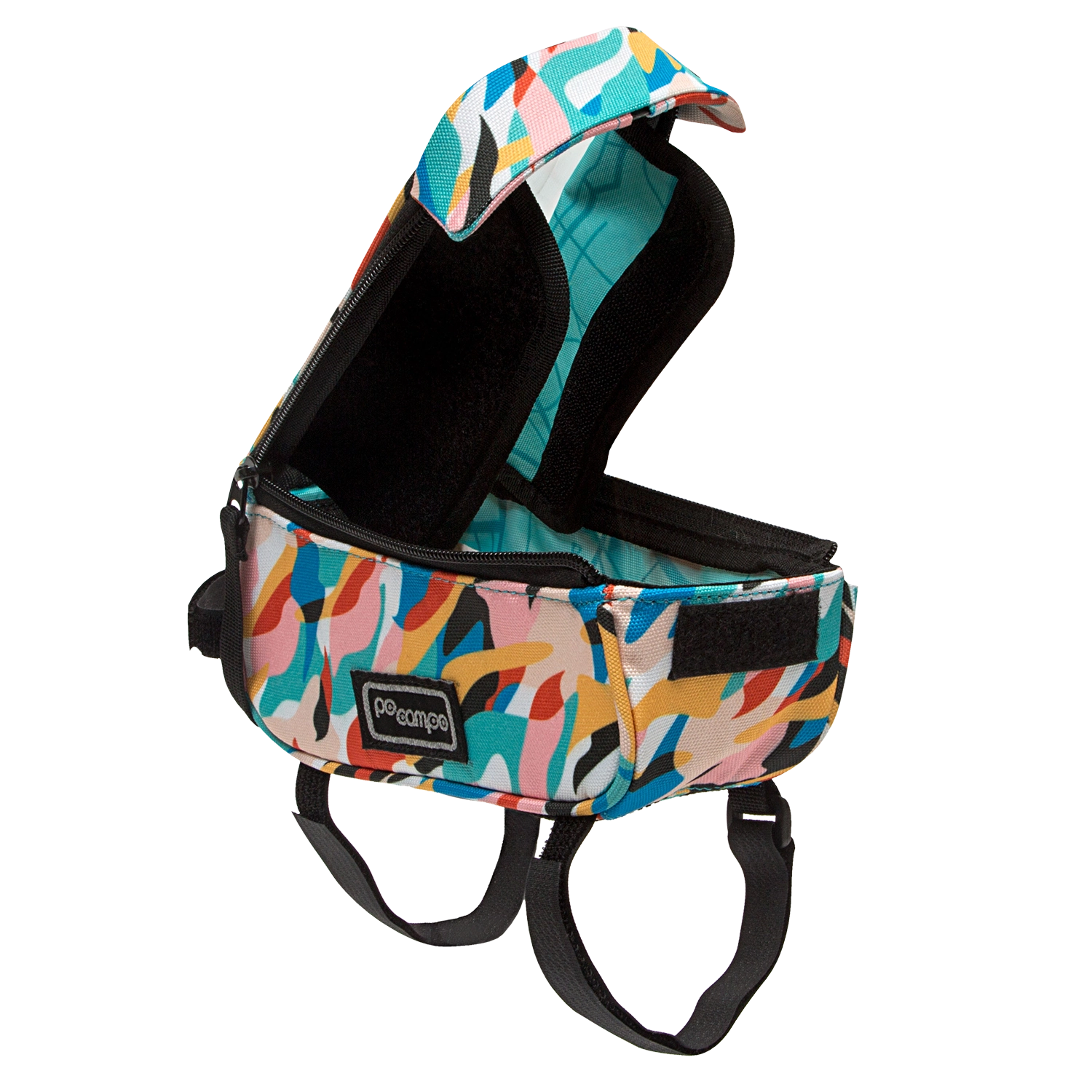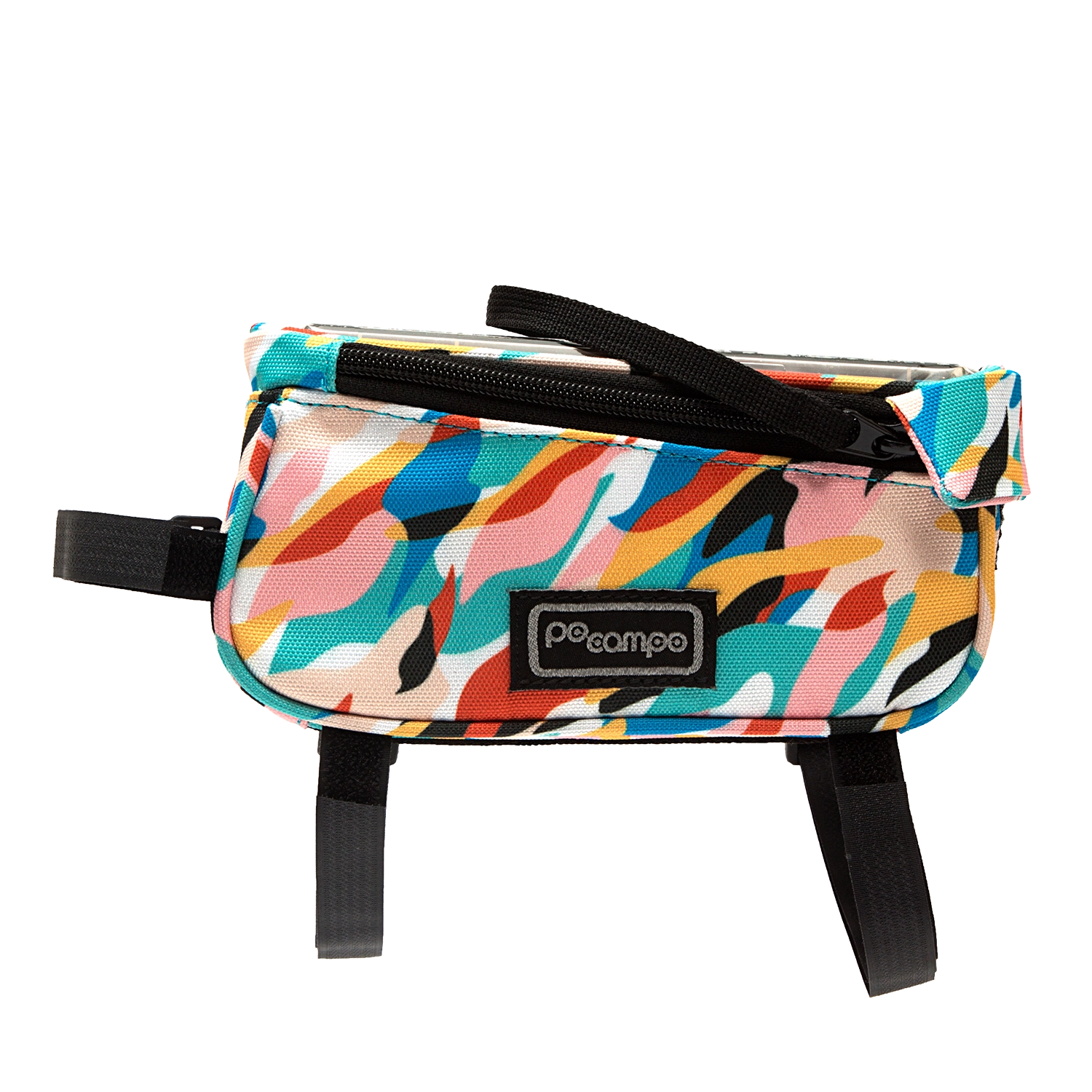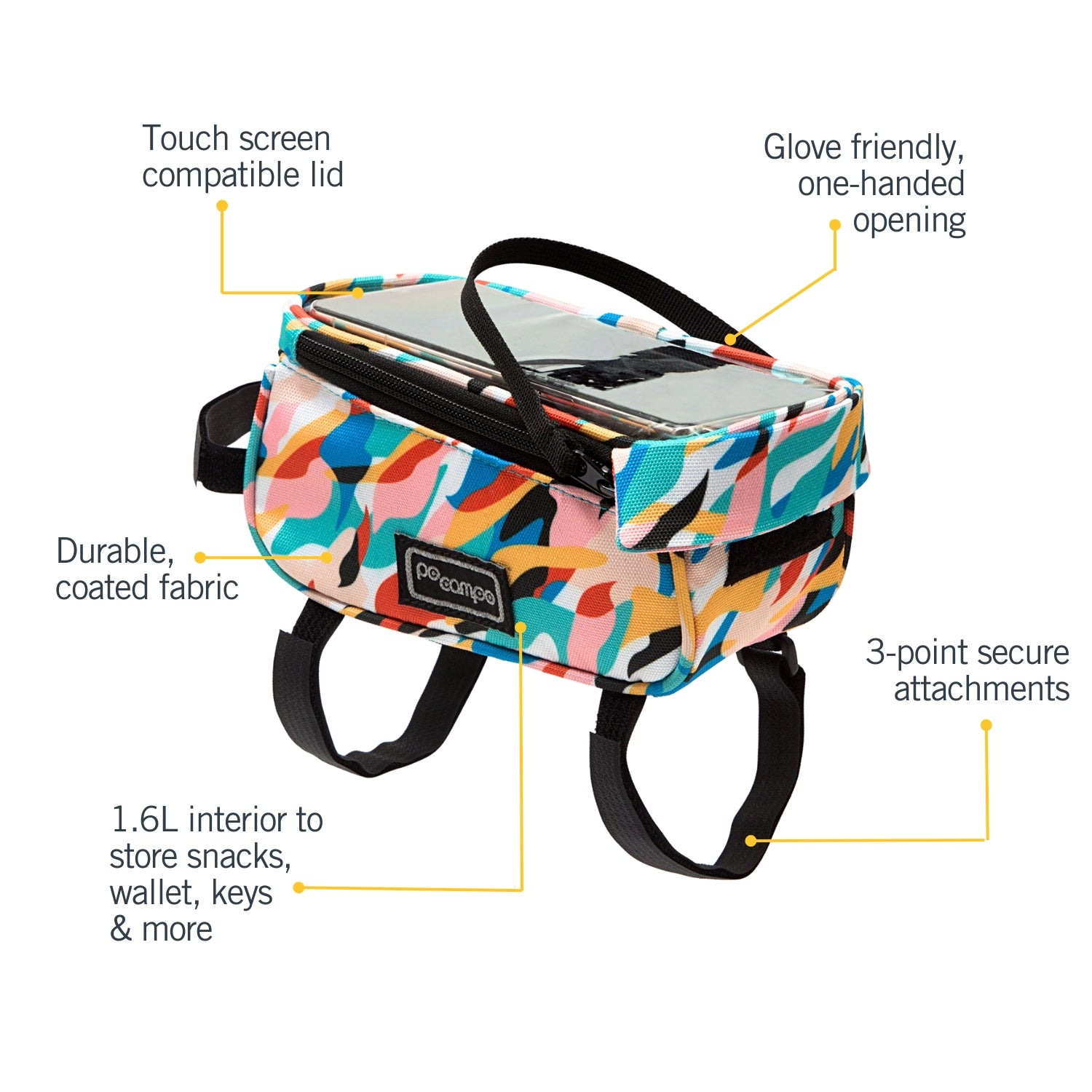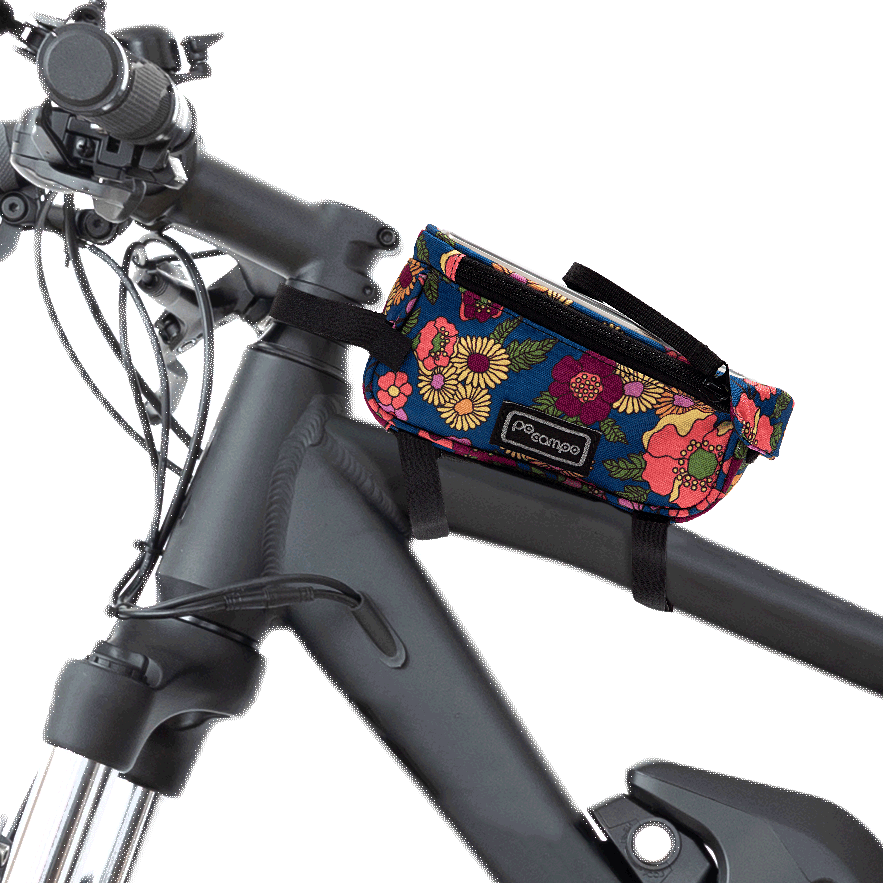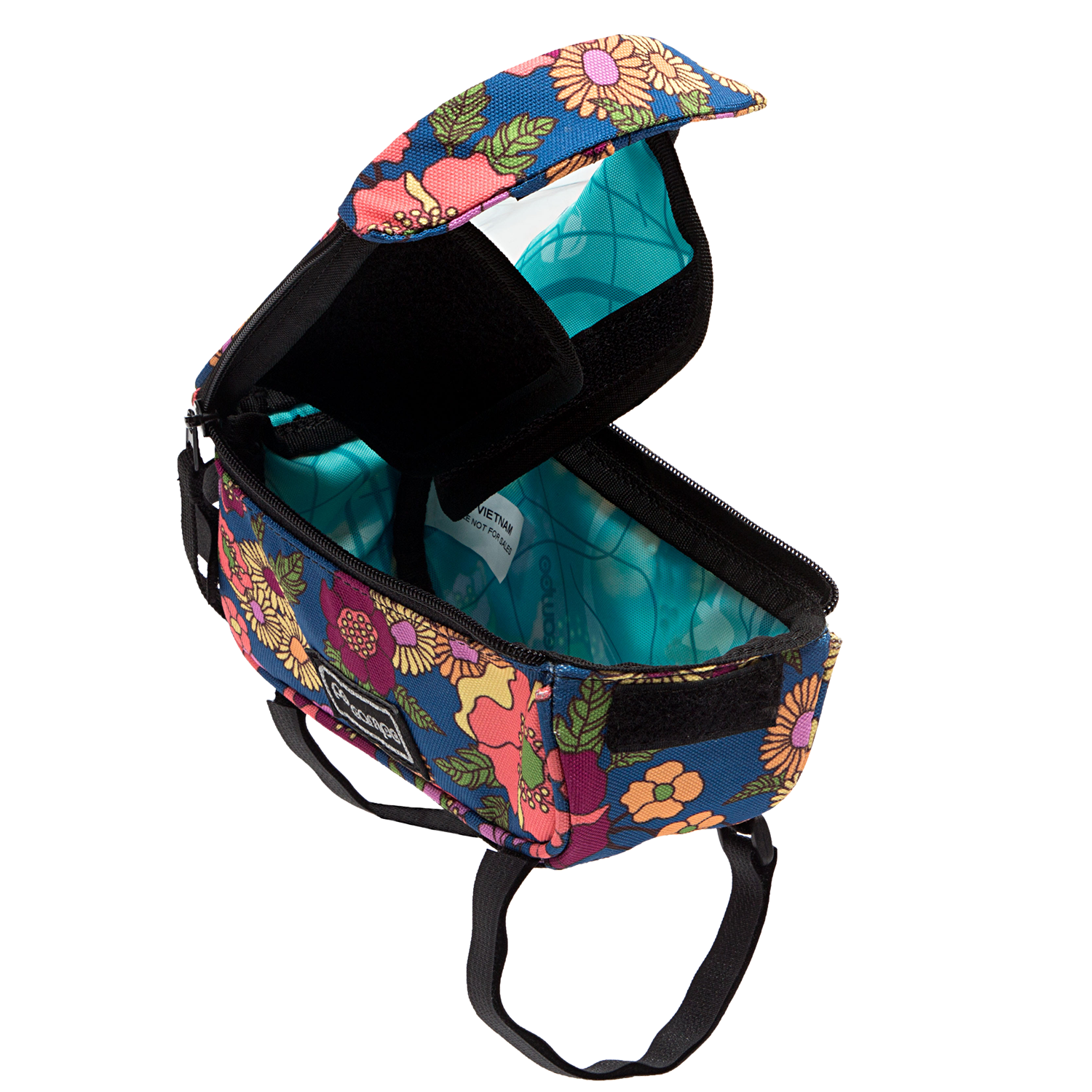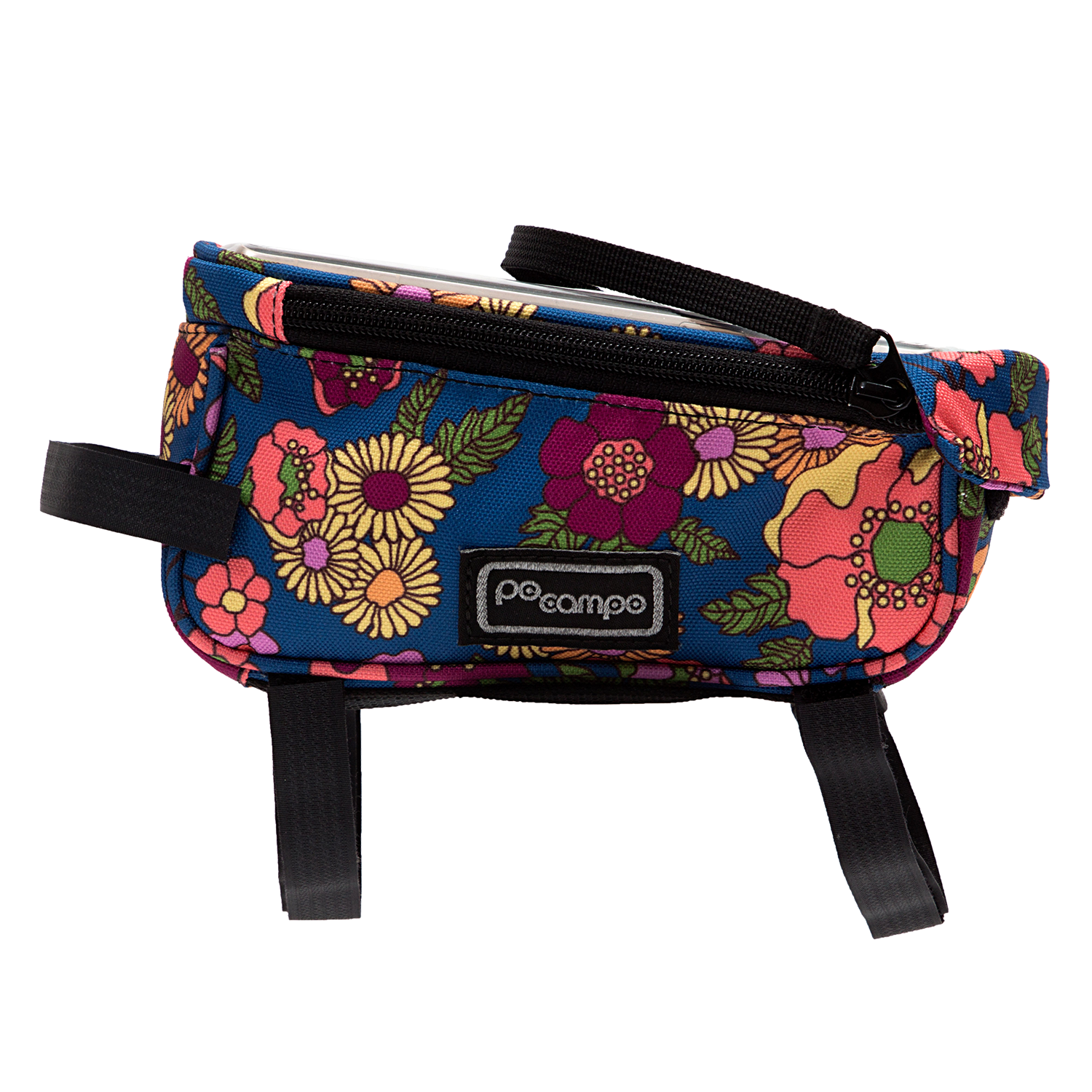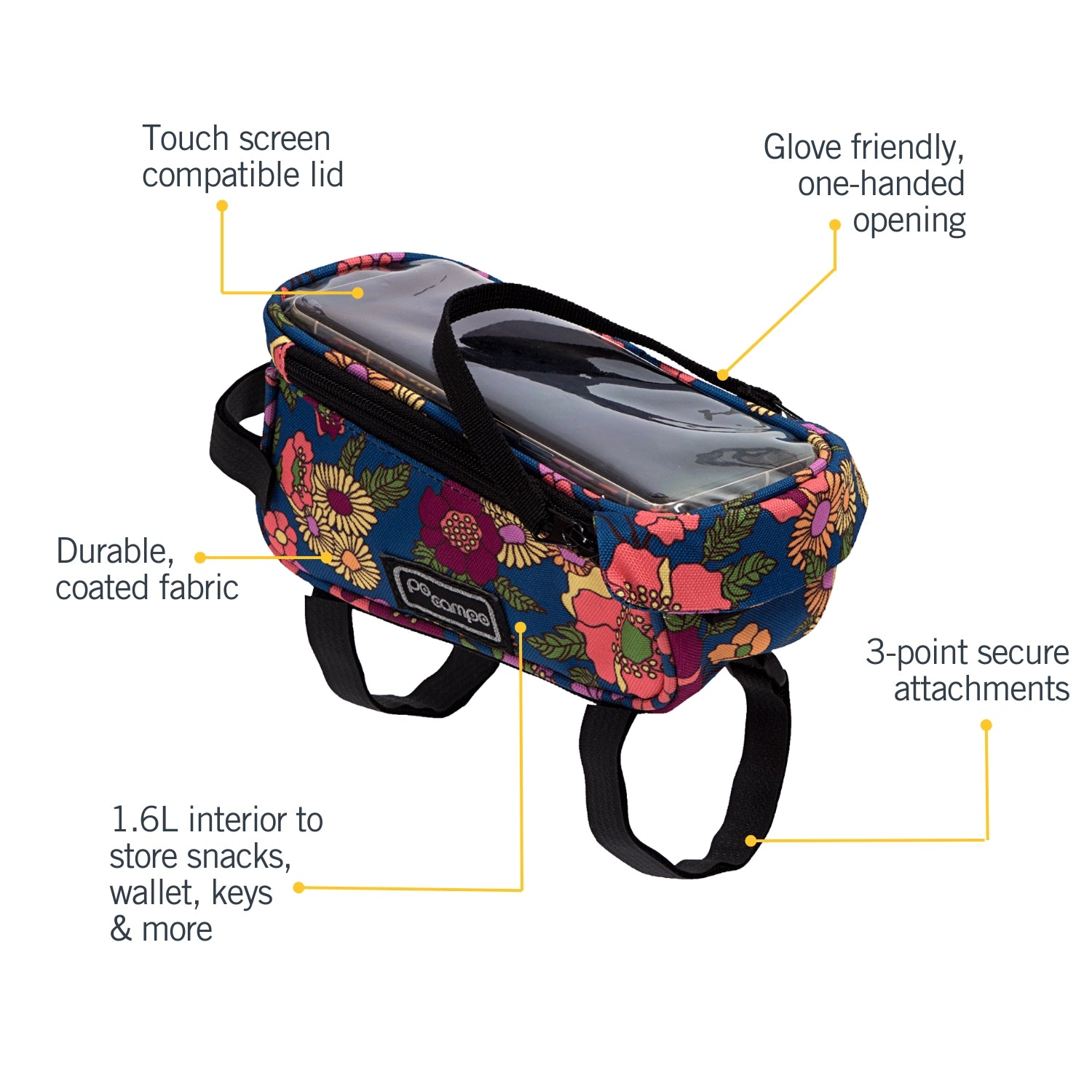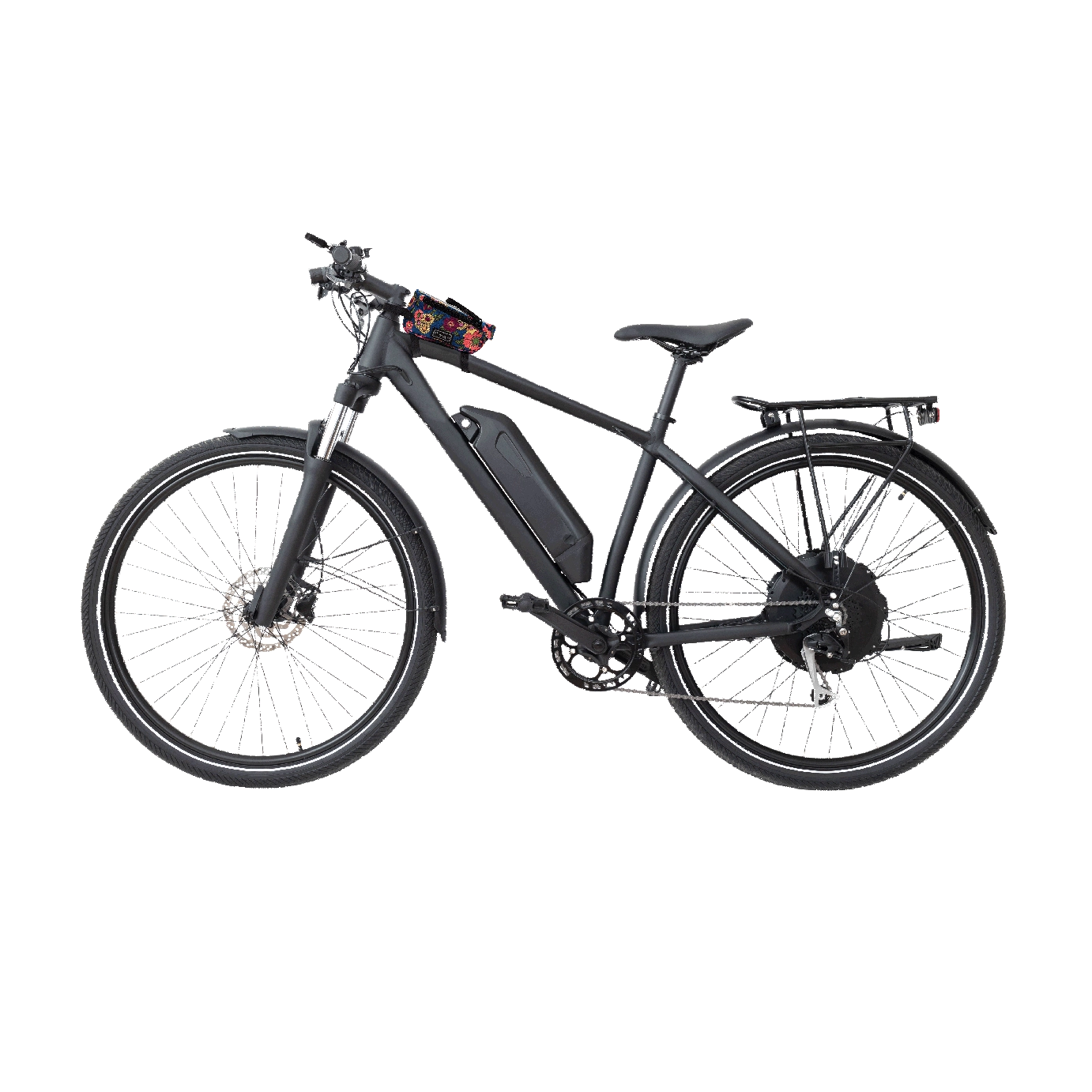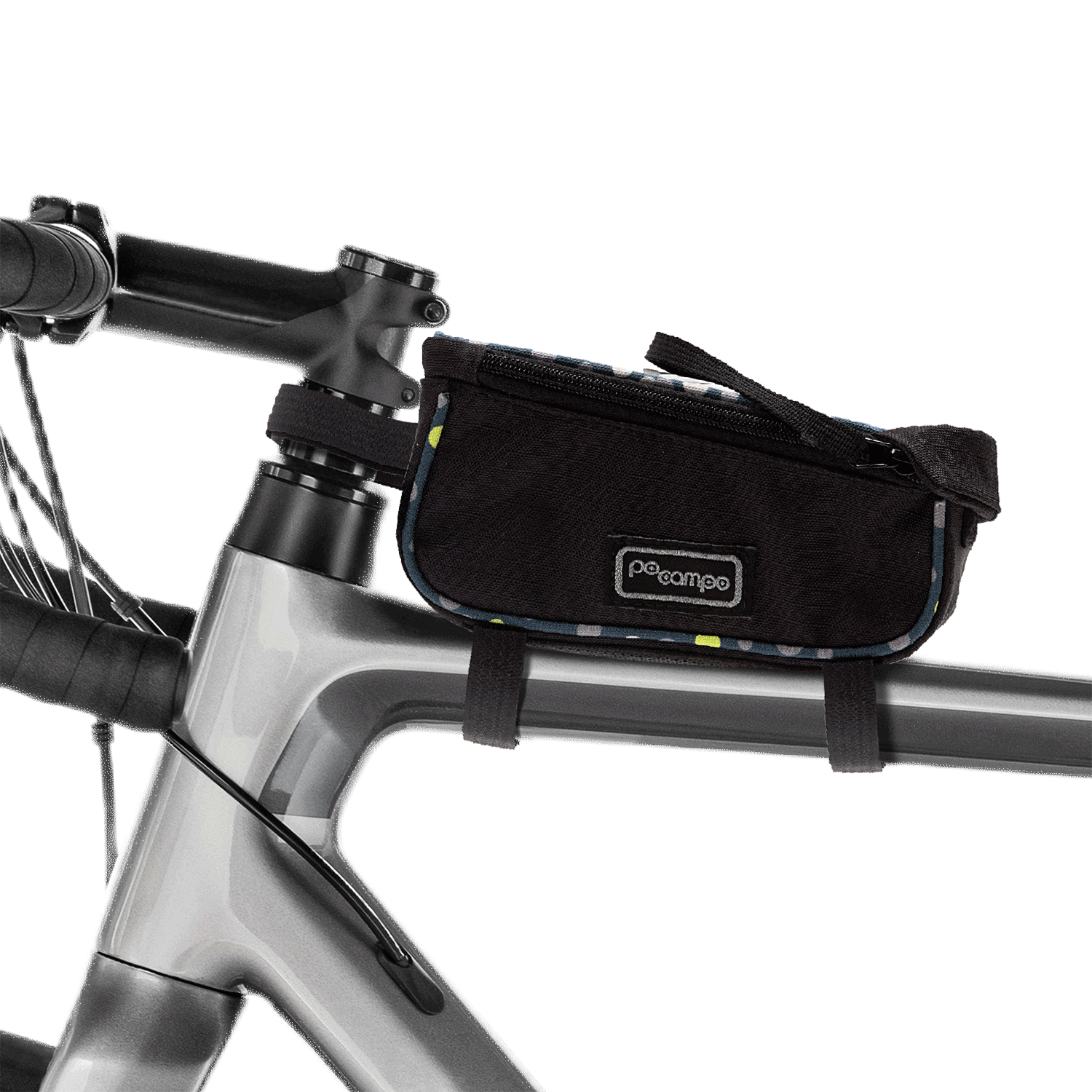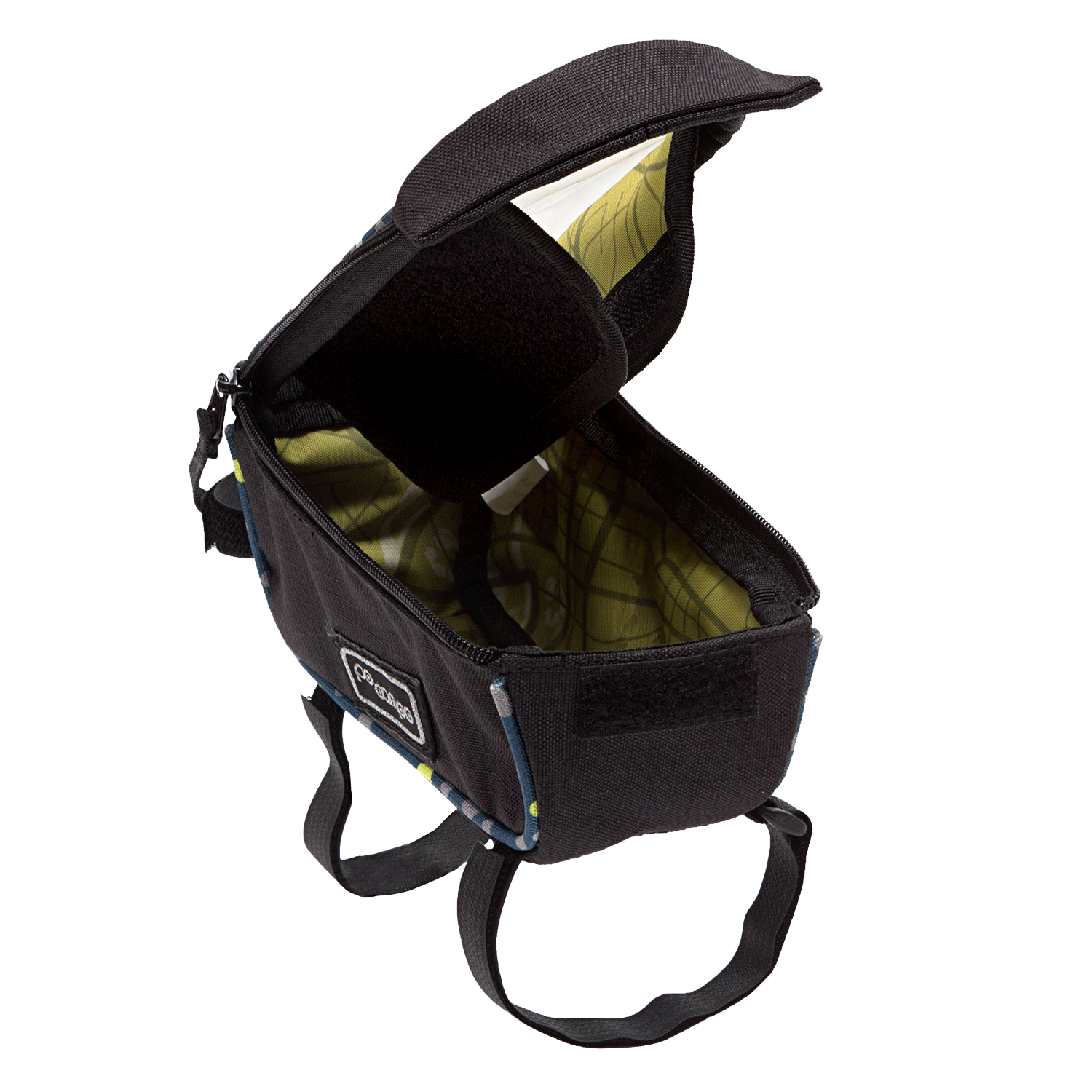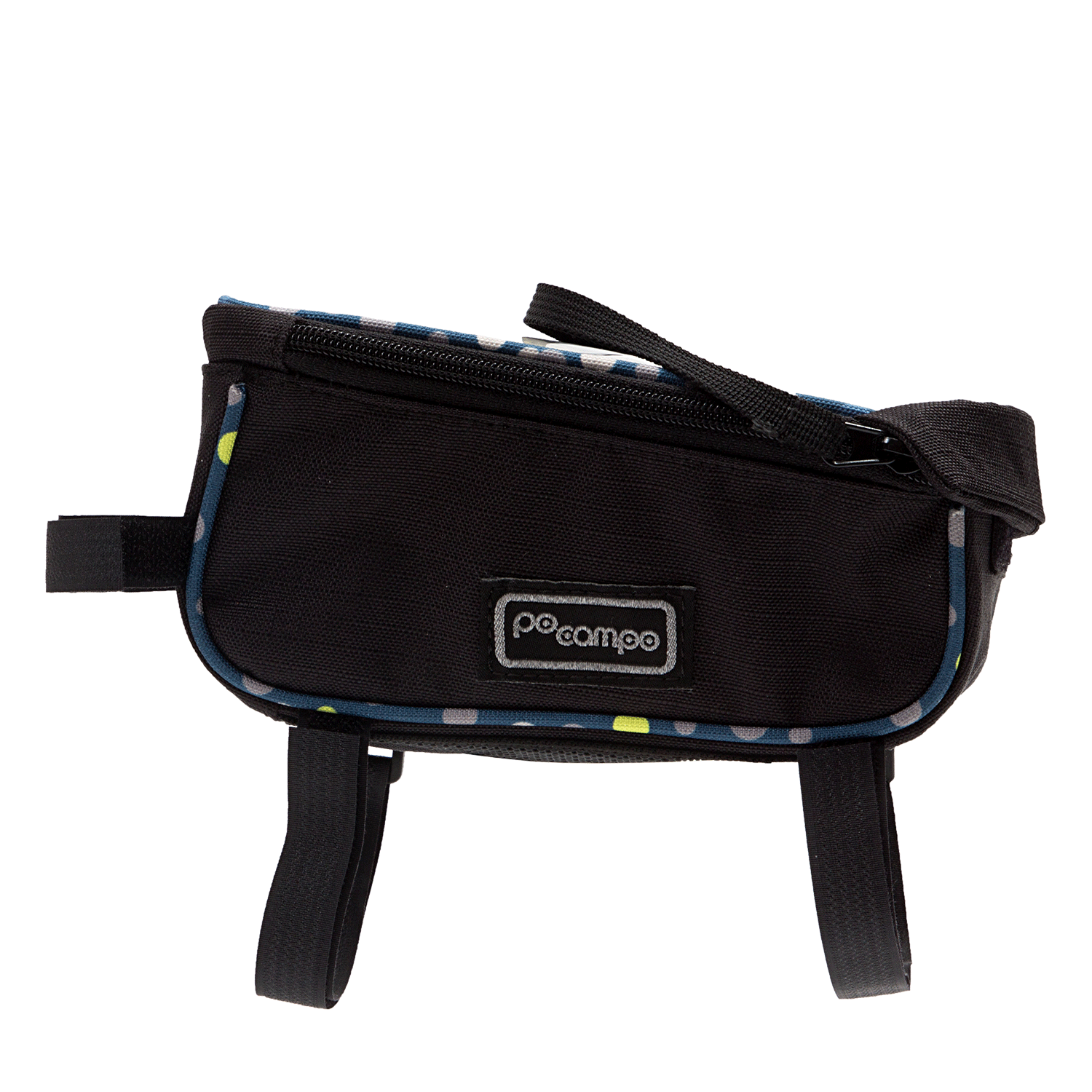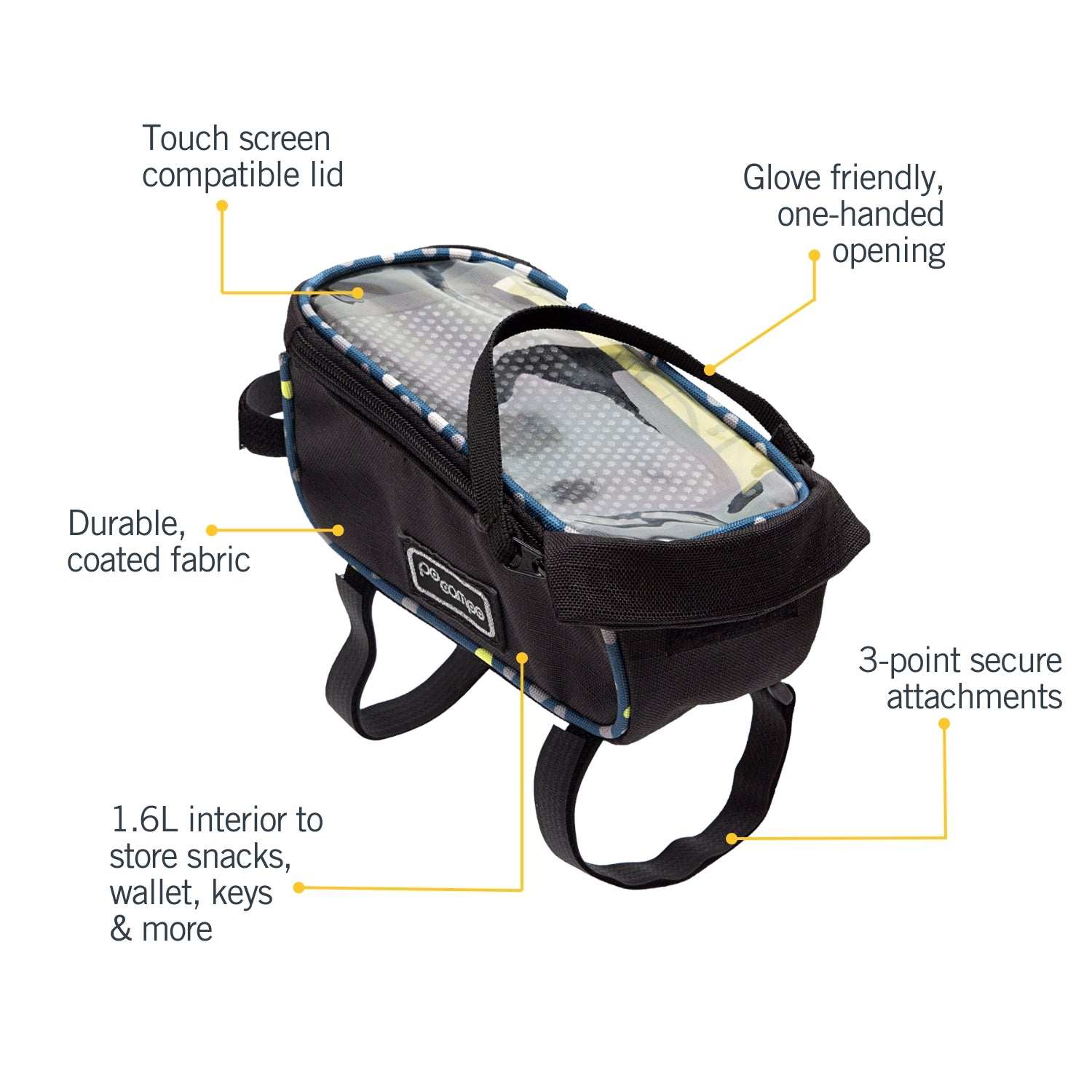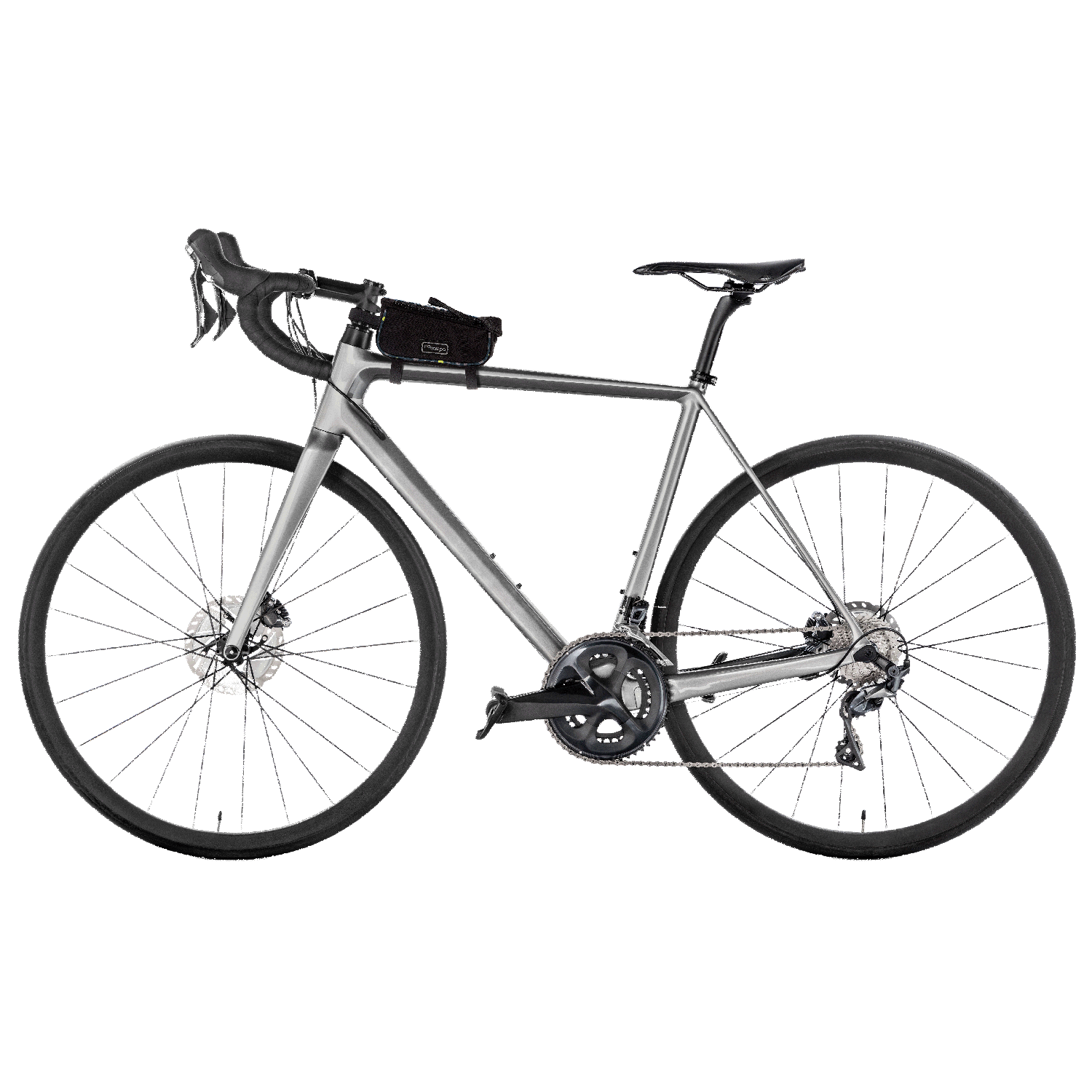We recently asked our Instagram followers what they’d love to know about e-bikes and e-biking. There were some great questions submitted and we wanted to share the answers with you all! We’re always searching for new ways to inspire people to discover the joy of bike riding and we hope these questions and answers do just that.

Question: Why is it so hard to find a good commuter e-bike (with chain guard and step through frame)?
Answer: Many well known e-bike brands such as Rad Power and Aventon have a great selection of commuter e-bikes that include a chain guard and step through frame! As e-biking is becoming increasingly popular, these convenient features are found in more and more e-bike models on the market. Below are some suggestions:
- Rad Power RadCity 5: Step through frame that features fenders and a rear rack, however it does lack a full chainguard. Price = $1,799
- Aventon Level 2 Step-Through is a great option for beginners. It’s easy to use, has great range and includes fenders and a rear bike rack. Similar to the RadPower bike above, this model lacks a chain guard also. Price = $1,799
- Tern NDB is on the pricier end, however the quality of the build is top-of-the-range and it has all the features you could need in an e-bike - rear rack, fenders and yes, it has a chainguard too! Price: $3,899
- Gazelle Arroyo C7 Elite is another all rounder option! Price: $2,999
- Euphree City Robin X is another easy-to-use e-bike option with some super cool colours! Price: $1,899
Question: How heavy are they?
Answer: Most commuter e-bikes will weigh anywhere between 40lbs – 70lbs, however the weight will vary depending on a range of factors. Firstly, the battery is often the heaviest component of an e-bike but it’s also the most important as it correlates to the range; as a general rule of thumb, the heavier the battery the further the range of the bike. If you’re looking for a bike with more range and speed, chances are it will be slightly heavier due to the motor also being larger and more powerful.
Useful tip: hub motors mounted in the wheels are usually heavier than mid-drive motors which are positioned around the bikes lower bracket. Some of the more specialized models will be lighter as the frames will be made from carbon fiber rather than aluminum, which can slightly offset the weight of the battery and motor.
Before beginning your search for an e-bike, we recommend taking the time to consider how and where you’ll be using your bike. If you need to travel those longer distances than a heavier electric bike will likely be better suited to your lifestyle. However if your commute involves carrying your bike up and down stairs or onto public transport you might want to consider a lighter bike for convenience and ease.
Question: How do they accurately work? Is there gear involved?
Answer: Electric bikes combine your pedaling power with the assistance of an electric motor. There’s varying assistance levels that the motor provides while riding, which can help make rides on rough or hilly terrain more comfortable. The rechargeable battery powers the motor and the motor has sensors that detect motion in the bike. As you pedal, the motor senses the movement and will provide assistance based on the level selected by the rider - think of this as your gears. Some e-bikes will come equipped with a throttle, which allows the motor to work independently of the sensors. These are considered Class 2 e-bikes and are a good choice for those with injuries or limited mobility as they have ‘throttle only’ modes where little to no pedaling is required. The sensors are another important factor to consider when shopping for an e-bike; the two types of sensors to be aware of are torque and cadence. Cadence sensors trigger the motor to start working as soon as pedal motion is detected, whereas torque sensors will output power depending on the effort detected with each pedal movement. If you’re looking for an e-bike that feels more closely to a traditional bike, then a torque sensor is the way to go. If you’re wanting an e-bike that takes the majority of the strain out of your riding experience, then a cadence sensor is for you. Most e-bikes will have a control display on the bike that will tell you all the necessary information such as speed, battery level, assistance level and in some cases trip distance too!
In terms of the gear you’ll need – e-biking requires no more gear than that of a standard bike ride. Of course a helmet is essential for all bike trips! If you plan to ride at night, as with traditional biking, bike lights are an important accessory to have to stay visible to surrounding traffic and pedestrians. Check out our bike lights and fun reflector pins here. If you’re planning on introducing an e-bike into your daily commutes, you’ll probably want a bike bag or basket to safely get your belongings from point A to B and back again. Po Campo bags are specifically designed to carry everything you need while easily attaching to your bike and doubling as a backpack, shoulder or cross body bag while off the bike. If your e-bike comes equipped with a rear rack, our trunk bags and panniers are perfect for work commutes or other trips that require a bit more baggage. While our handlebar bags are compact and will conveniently carry your necessities throughout your ride (will link to specific collections here). Tip: always be sure to check your local laws for any additional gear required for e-bike riders!
Question: Are the attachments on the Bedford different from the grocery pannier?
Answer: Yes the attachments on our two panniers are different. The Bedford Backpack Pannier has adjustable straps with Fidlock magnetic buckles that easily attach to a range of bike racks, including thicker tubing found on a lot of e-bike racks. The Orchard Grocery Pannier features a simple hook attachment that safely secures to almost any traditional bike rack. However, Orchard might not fit on all electric bike rack tubing so be sure to check the specifications of your bike before deciding which pannier is right for you. To find out more, check out our blog post Bags For Every Bike where we discussed some other differences in these two bike bags.

Question: What's the maintenance schedule and how much should I do at home? Novice rider!
Answer: The maintenance on your e-bike will be very similar to that of a traditional bike. Checking over your e-bike every 3-6 months (depending on how often you ride) is a good guideline for a healthy maintenance schedule. If you purchased your bike instore, that’s your best point of call for any services or fixes required as they will be trained on your specific bike model and brand. If your bike was purchased online, the manufacturer should detail how often maintenance should be done.
Some things to regularly check on your e-bike are:
- Dirt or grime build up which can lead to premature wear and tear to e-bikes parts.
- Battery care – each e-bike will vary but the manual will have guidelines for appropriate battery maintenance and care required.
- Check the brakes – regularly checking the brake pads is one maintenance task that shouldn’t be overlooked. With the increased speeds that e-bikes provide, you’ll want to make sure your brakes maintain safe stopping power. We recommend seeking advice from your bike store or the manufacturer for this one!
- Tire maintenance and wheel truing – make sure tire pressure is well maintained and inflate them as needed. Periodic checks to wheels for any wobbles or out-of-the-norm movements will give you that added confidence during your ride.
- Electronic system check – if any signs of damage or wear become apparent to the control display, you might need to have the wiring and connectors inspected.
Question: Where do I even start looking for one / what does a first time owner need to know?
Answer: The best place to start would be your local bike shop. They will be able to give you advice based on your lifestyle and the type of rides you need your e-bike for. It’s also a great place to test-ride some bikes and see if an e-bike is right for you.
Online forums or e-bike groups are another great place to seek advice. You can find experienced and novice e-bike riders who can help answer any questions you might have! Some great online resources you can utilise are:
Electric Bike Review and Ride Review
As a first time e-bike owner, always be sure to read the manual and do your research to really get familiar with your bike model. Go for small rides on quiet and safe streets before heading out into busier areas, this will allow you to become familiar with the weight, speed and assistance modes of your bike in a stress-free environment.
Know your range! Before heading out on your first ride, make sure you know how far you can venture before your battery needs to be re-charged. Lastly, always check the laws and regulations of e-biking in your local area.

Question: How can I make sure I’m safe on an electric bike?
Answer: Here’s our top recommendations on e-bike safety.
- Get familiar with your e-bike in a safe area before heading out onto busier roads or bike paths. The best way to keep safe is to ensure you’re comfortable on your bike so that you can stay alert and aware of your surroundings.
- It’s safest to always wear a helmet while riding.
- Bike lights or reflective pins are great safety accessories to have too if you plan on riding in the evening or darker times of the day.
- If you’re riding on the road treat your e-bike like any other vehicle, use hand-signals to let other drivers or riders know your intentions, stop at stop signs and ride with the traffic flow.
- Start slowly on the lower levels of pedal assist and gradually build up as you get more familiar with your bike. This will help you stay aware of your speed as well!
For more details and information on e-bike safety, The Bike League have a whole range of great articles that cover everything you need to know about e-biking and e-bikes. You can browse their resources here.
Question: What helmet certification do I look for if we ride an e-bike? Do they make them for kids?
Answer: In most areas the helmet requirements for e-bikes are the same as those for standard bikes so, if you’re transitioning from traditional biking to e-biking the good news is there’s no need to buy a new, fancy helmet. Be sure to always check your local laws and regulations though, just to be sure!
There are a few e-bike companies that cater for kids, however you’ll find a lot of these are mountain or trail e-bikes rather than the commuter models available to adults. Before beginning your search for kids e-bikes, we recommend check local laws and regulations on e-bike usage and age requirements for children on e-bikes.

If you have any questions about e-bikes or e-biking that haven't been answered in here, we want to here from you! Comment you questions below or reach out to us on Instagram @pocampobags


